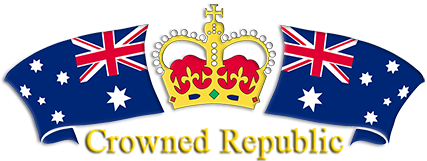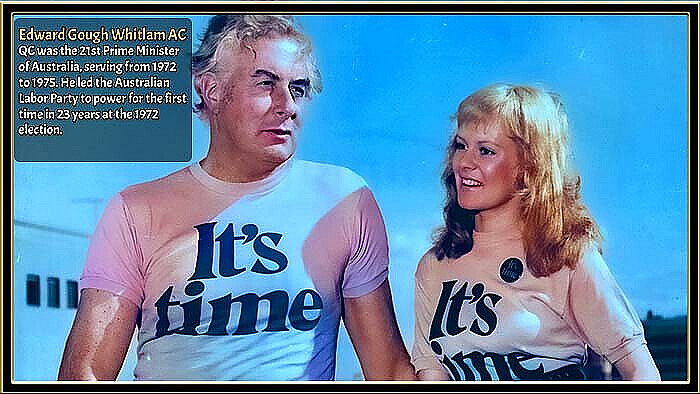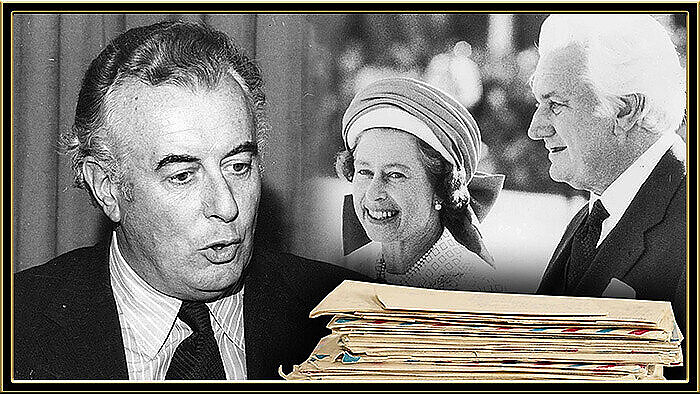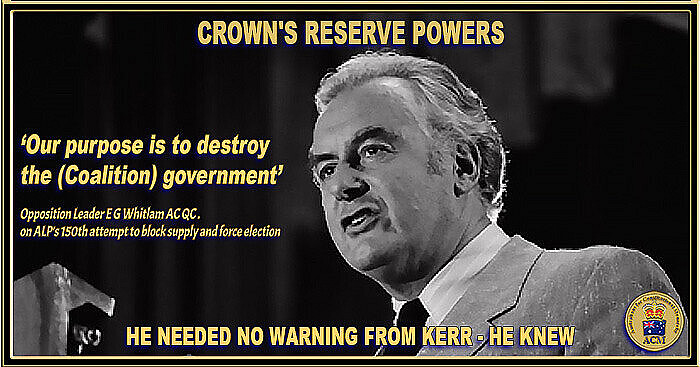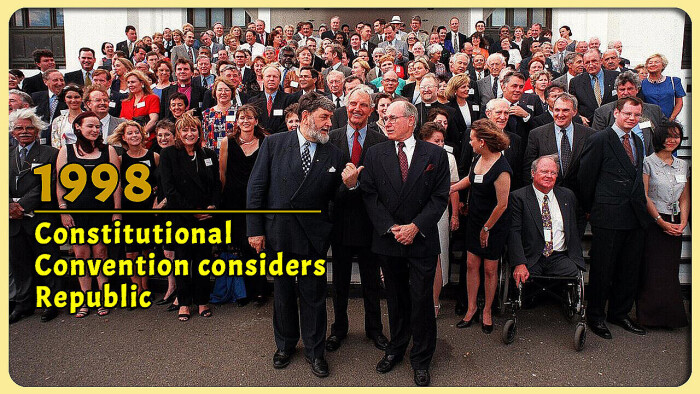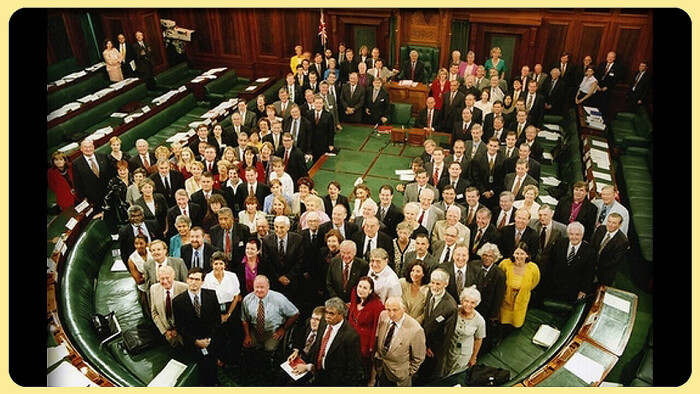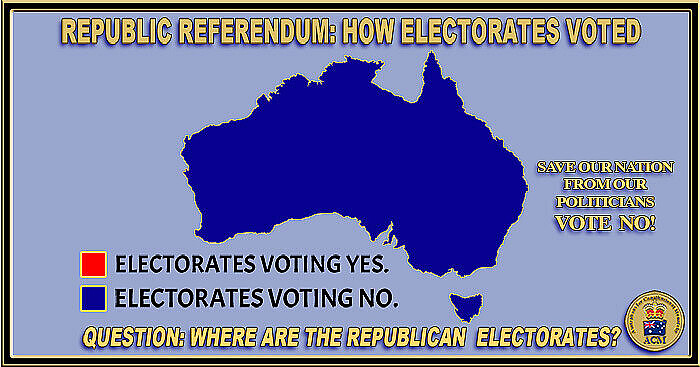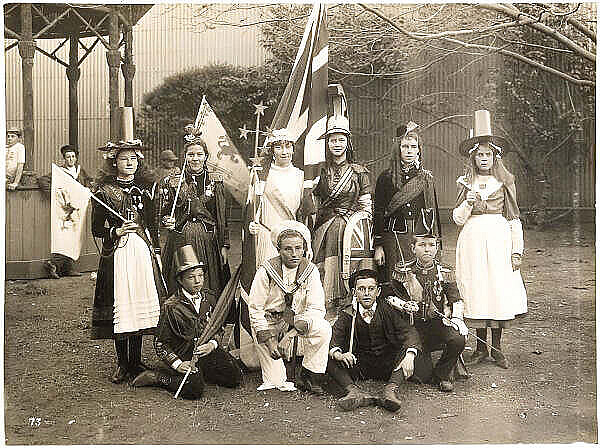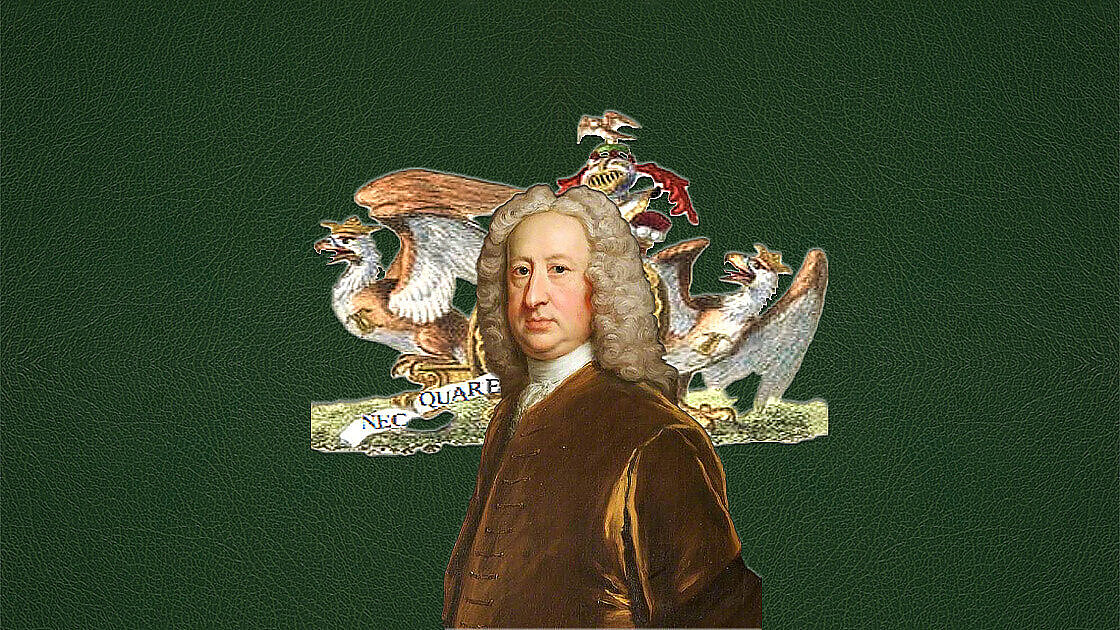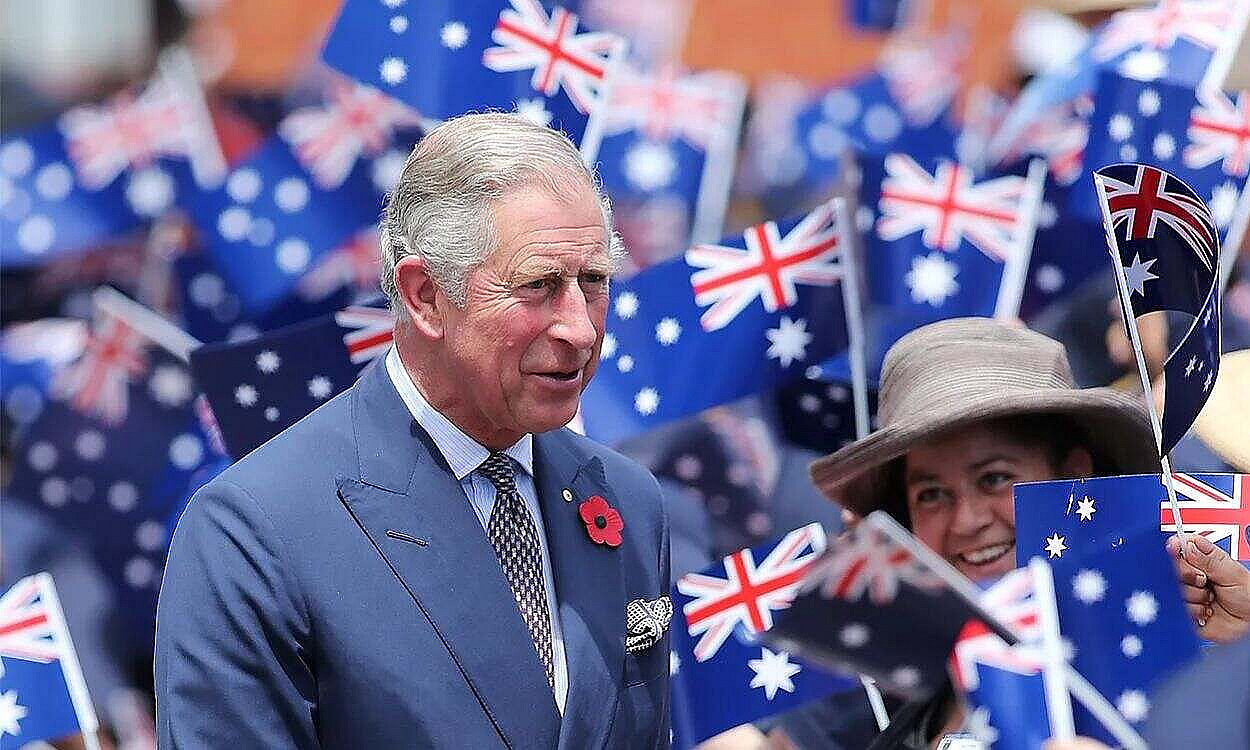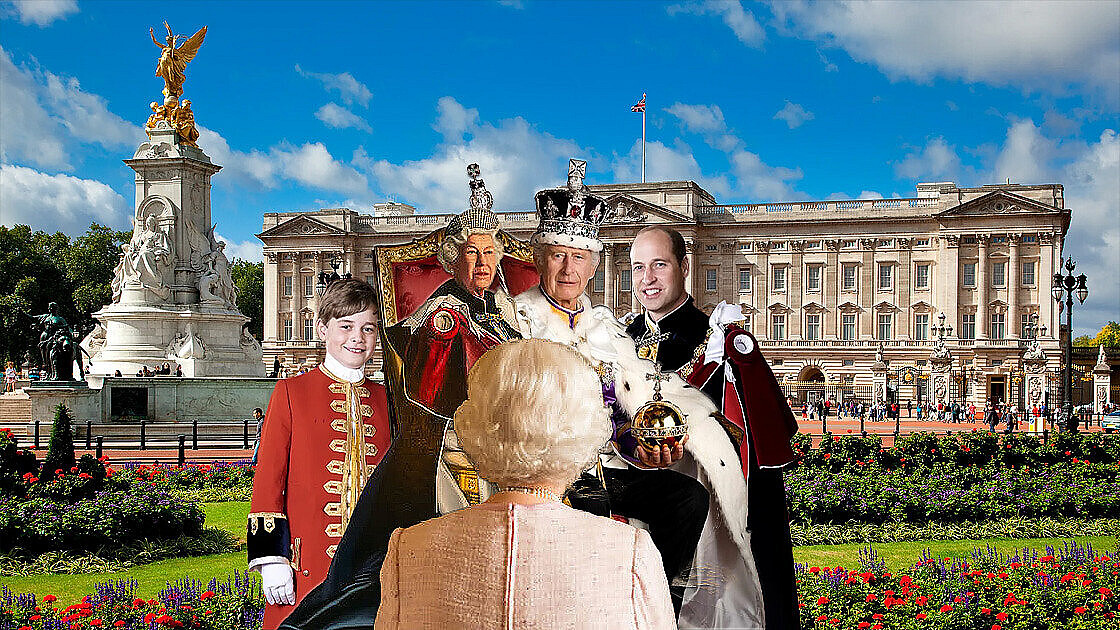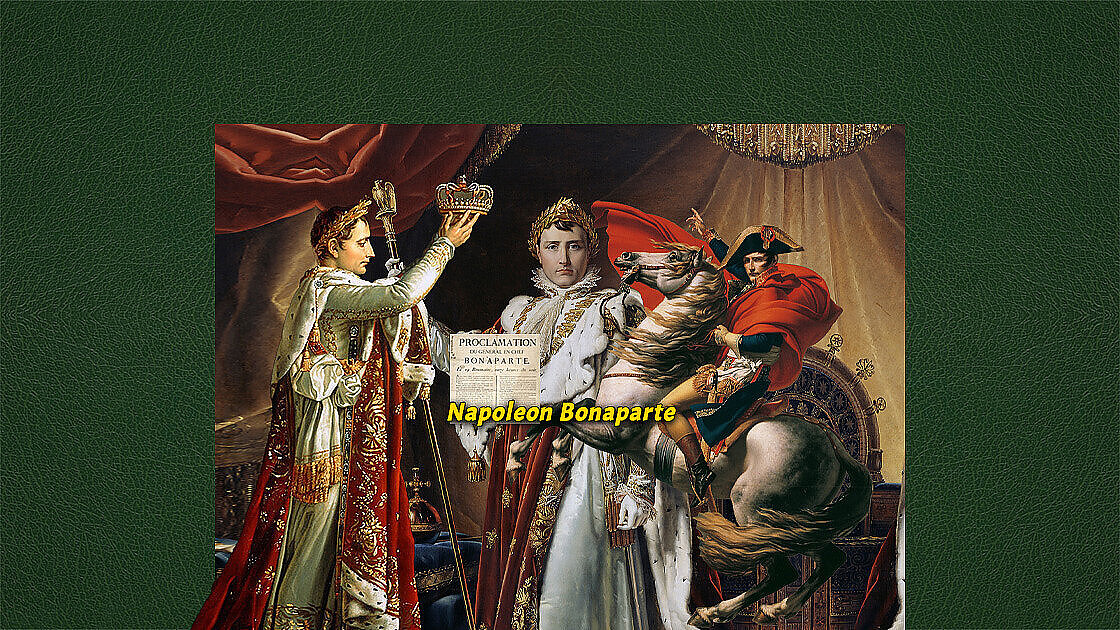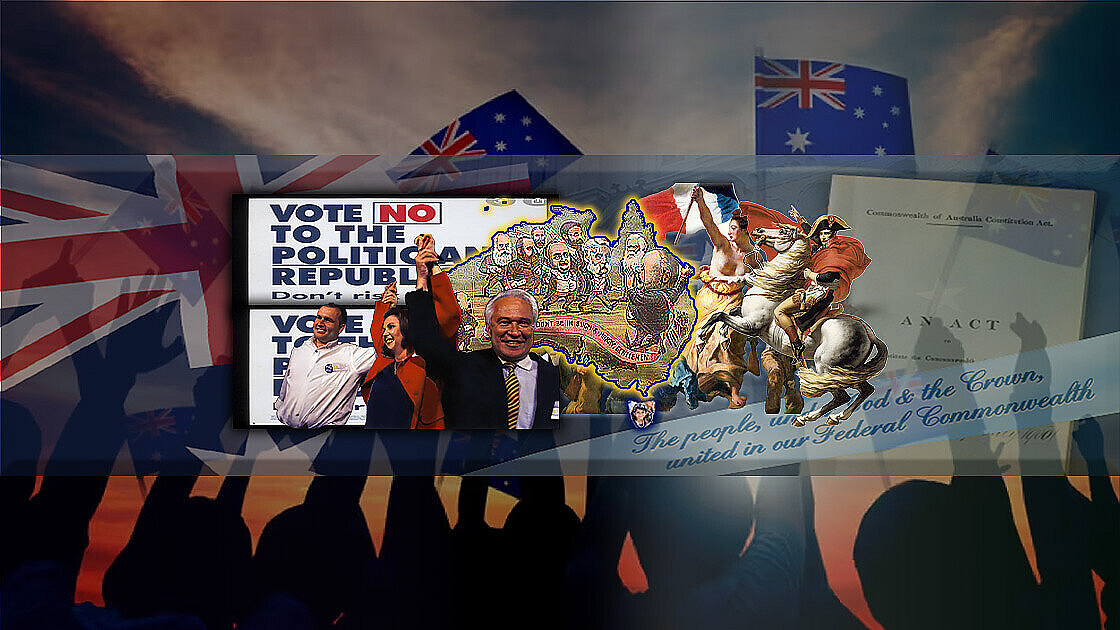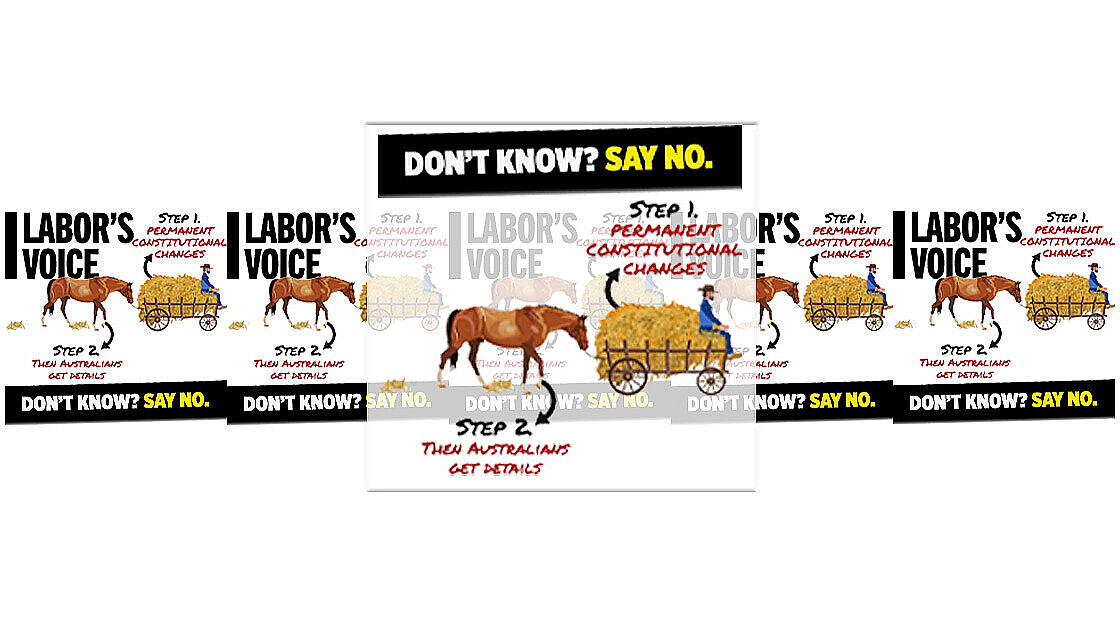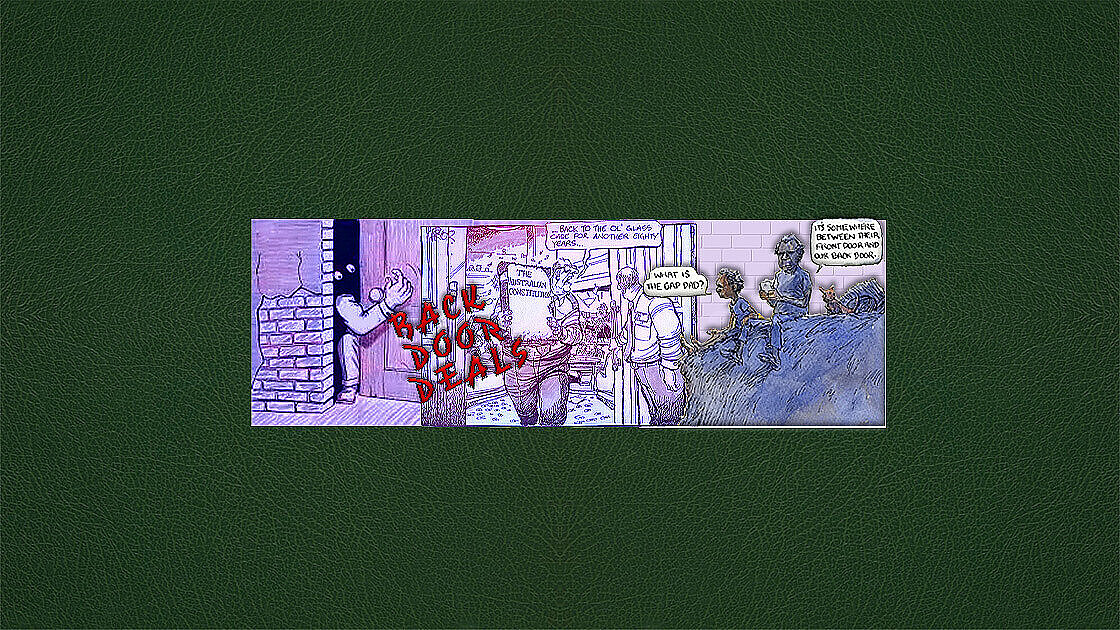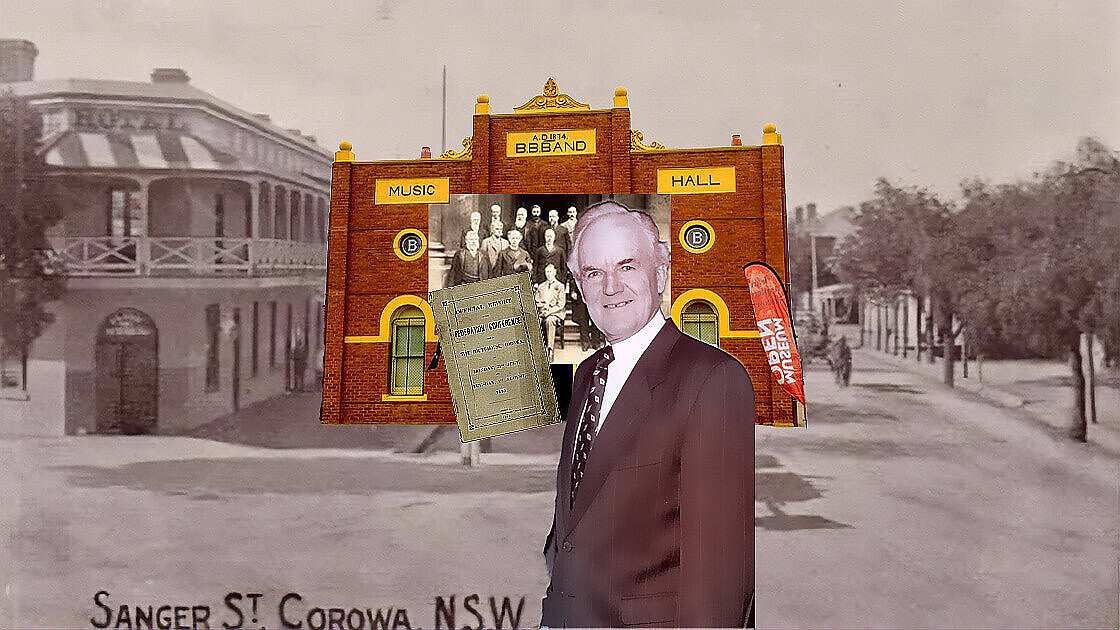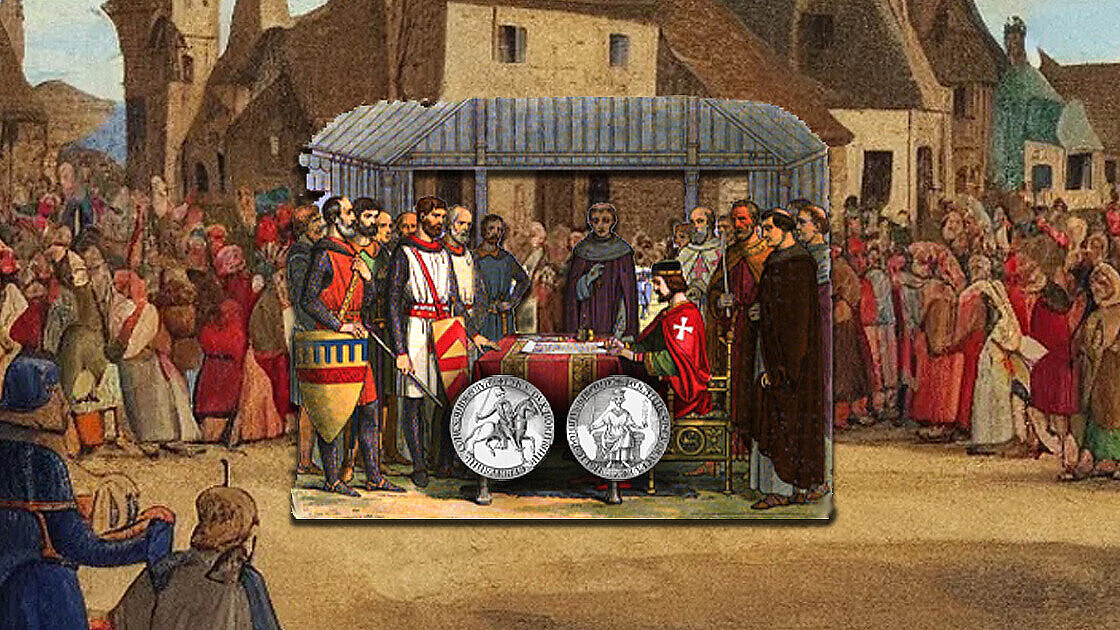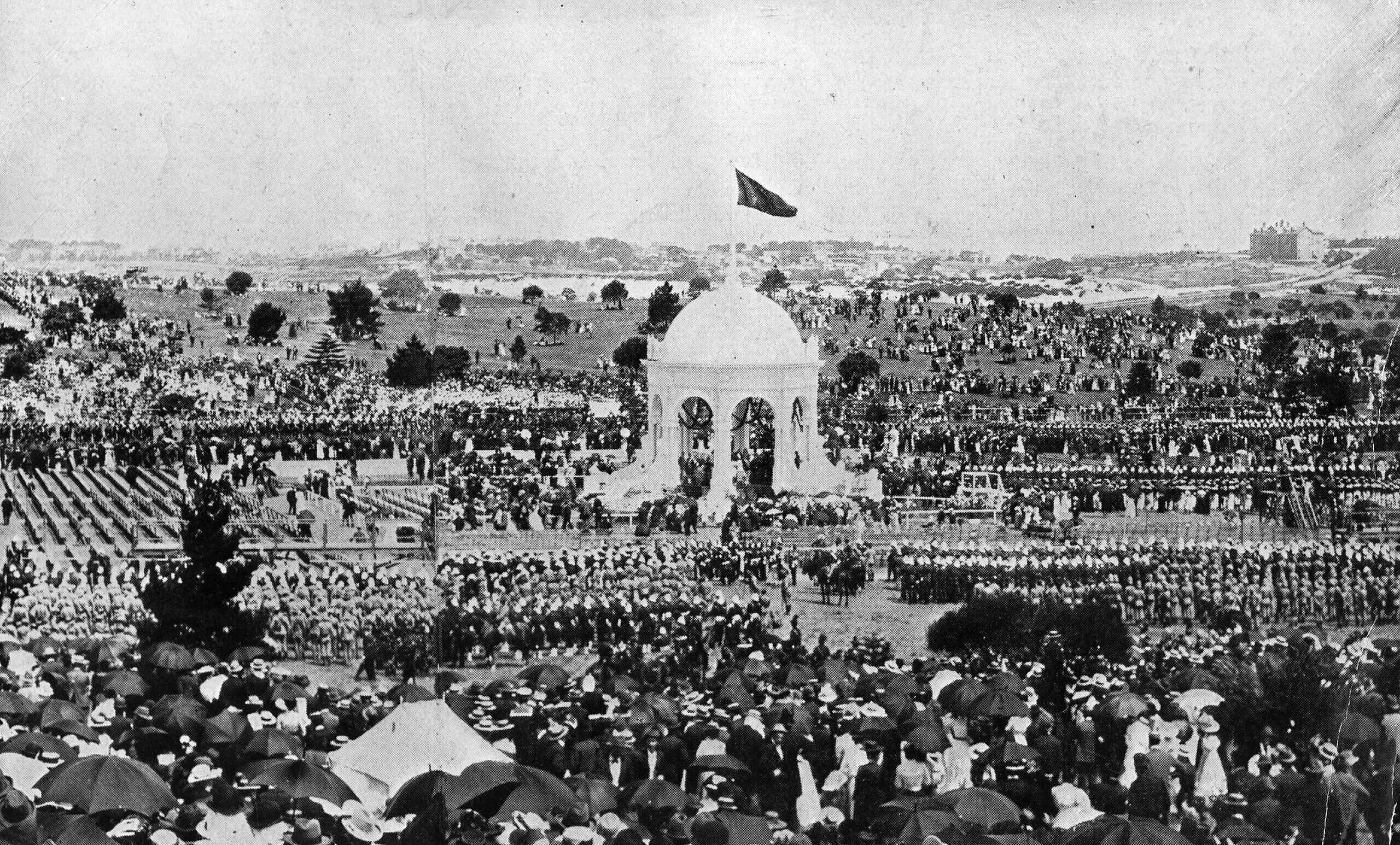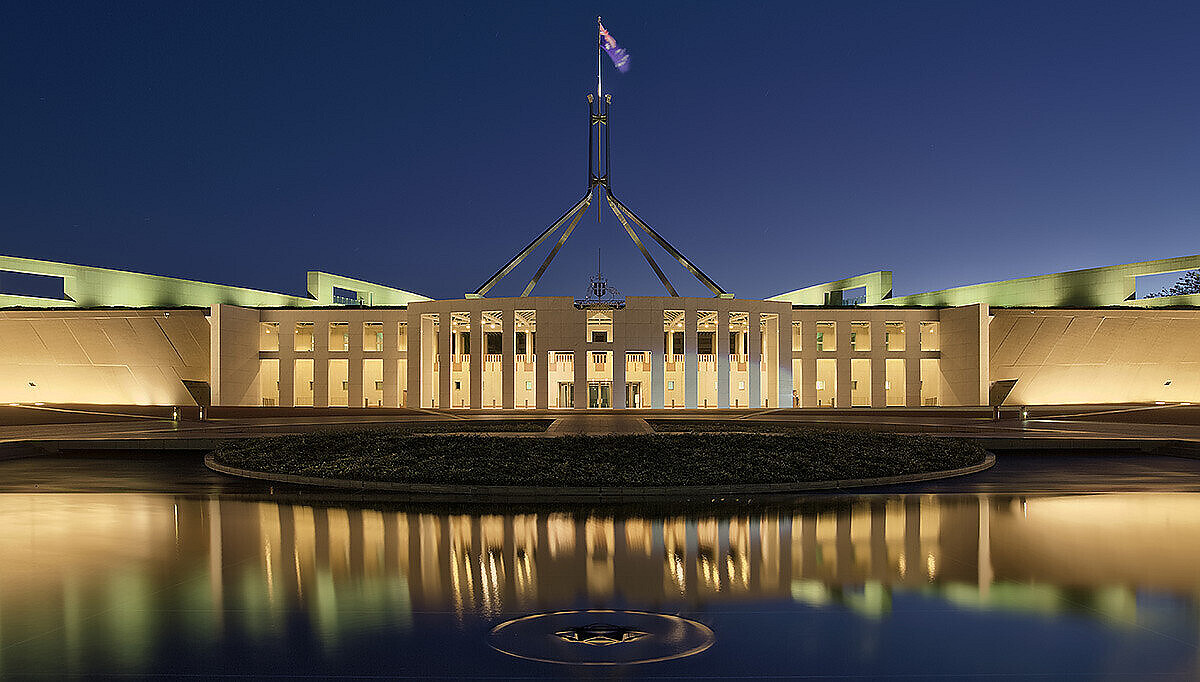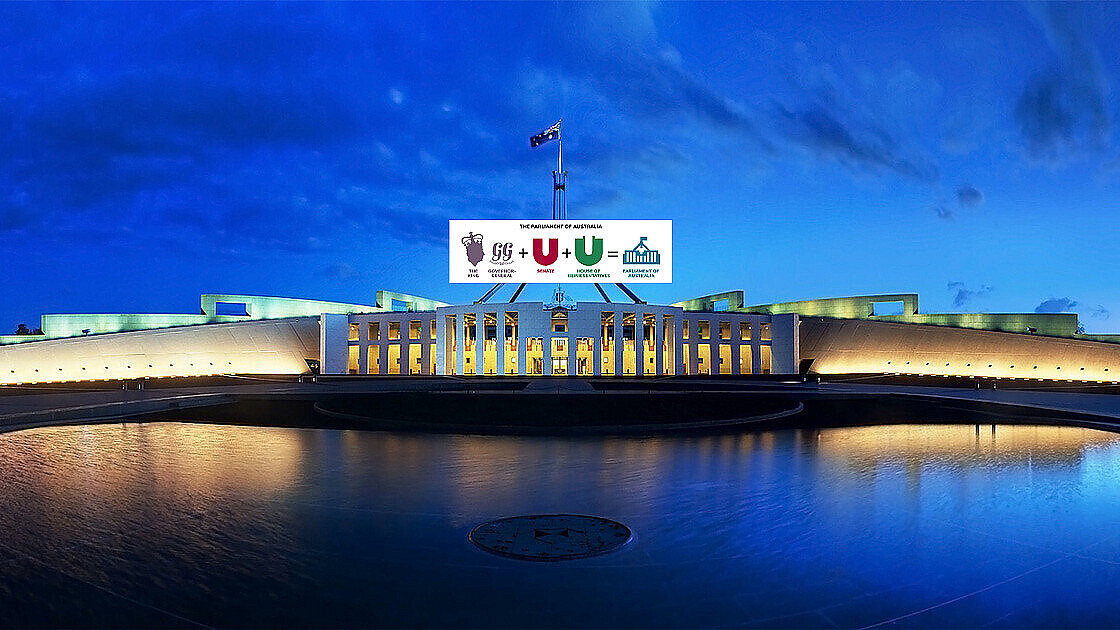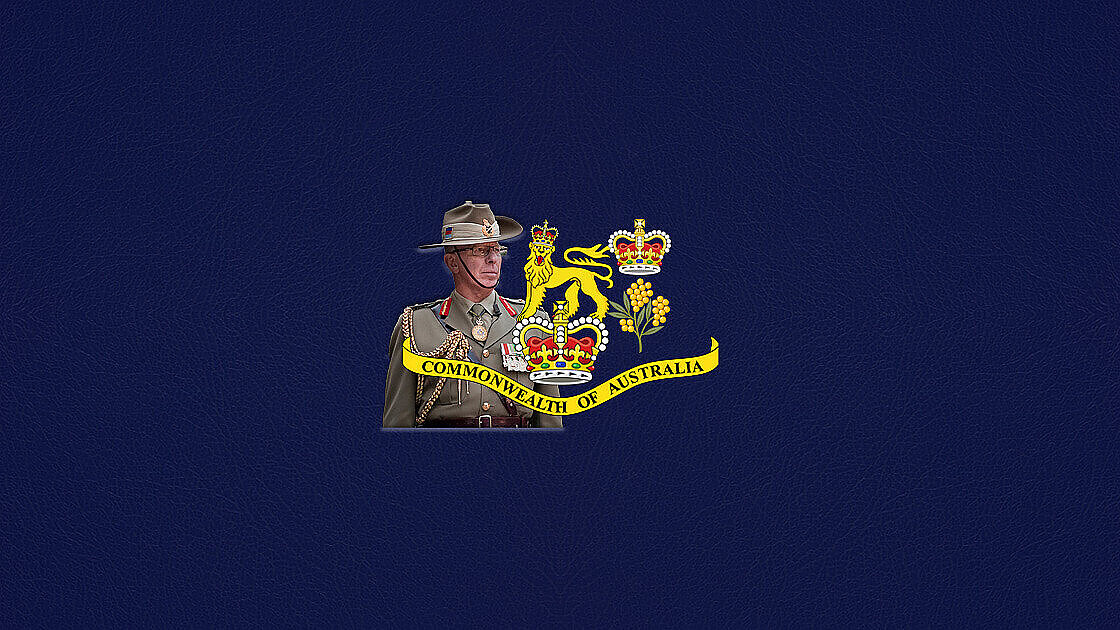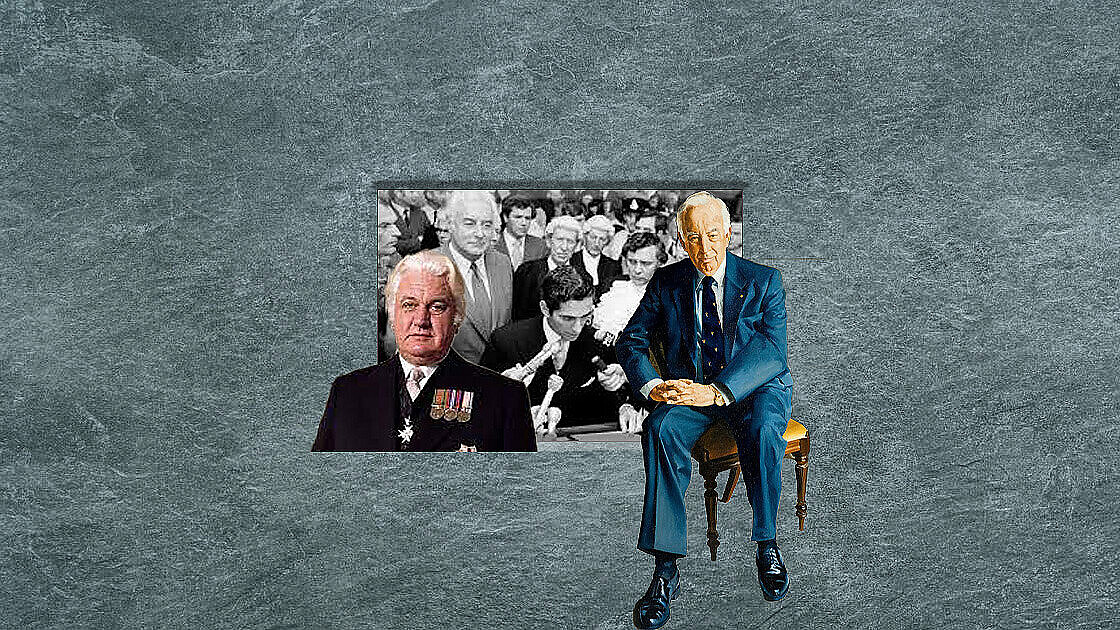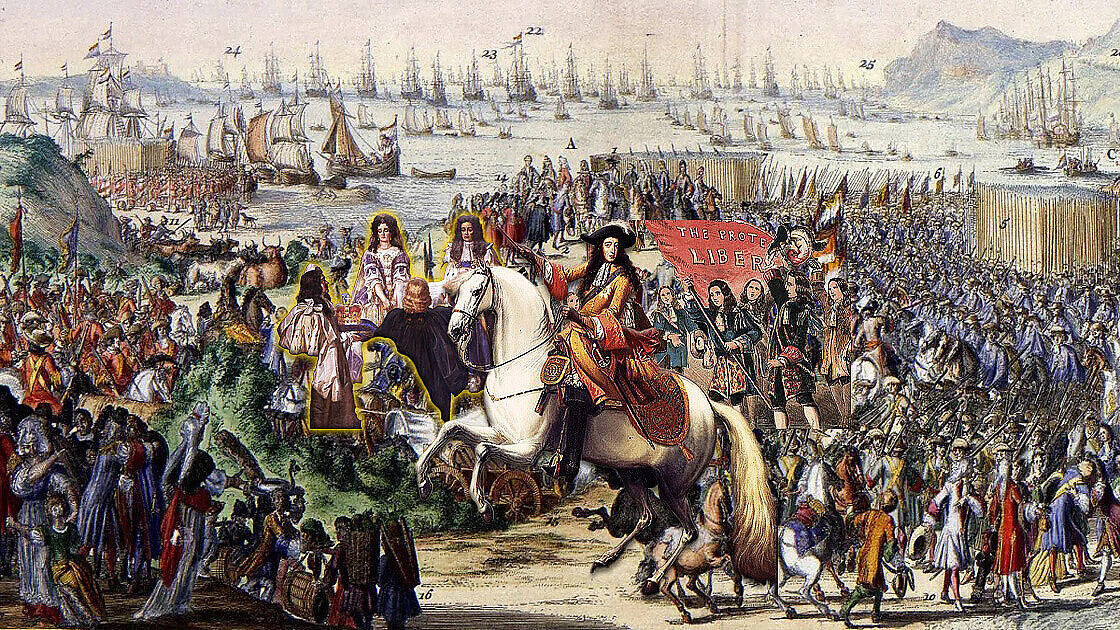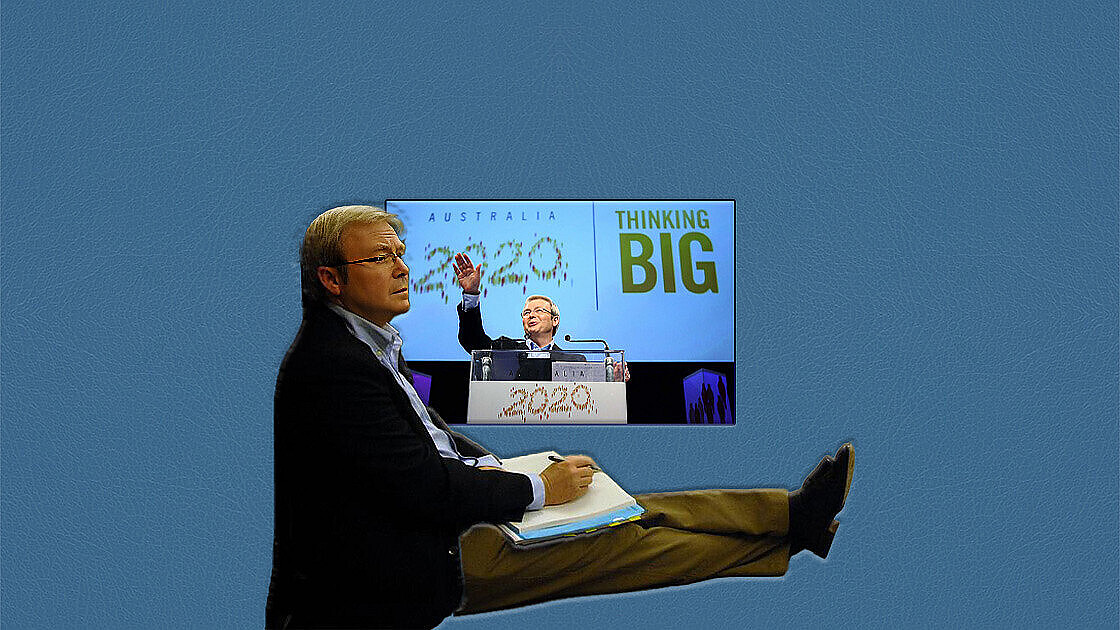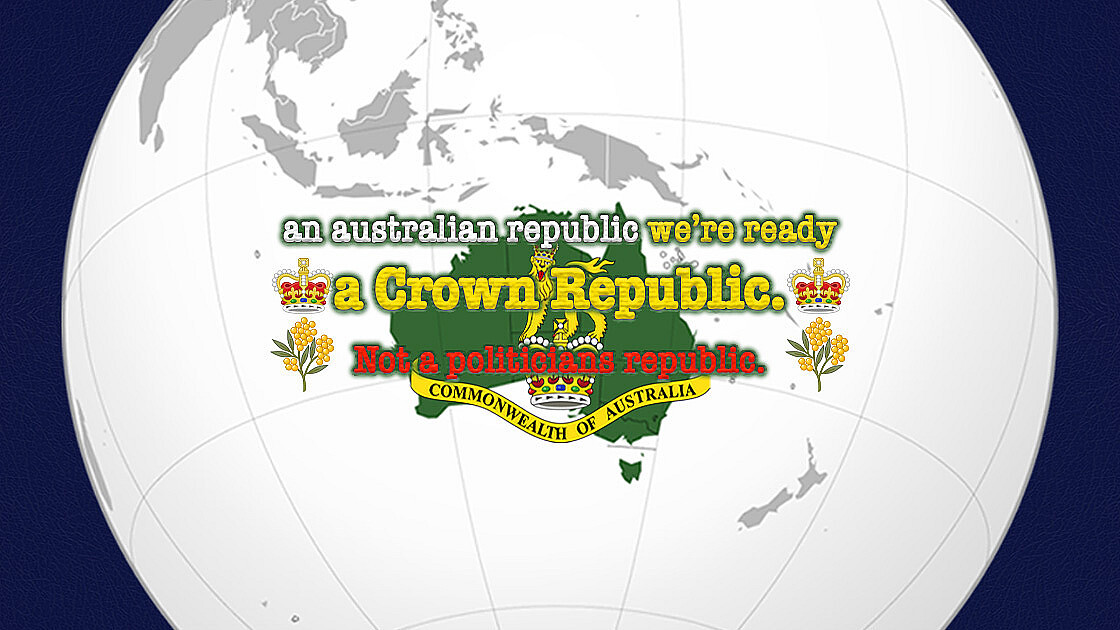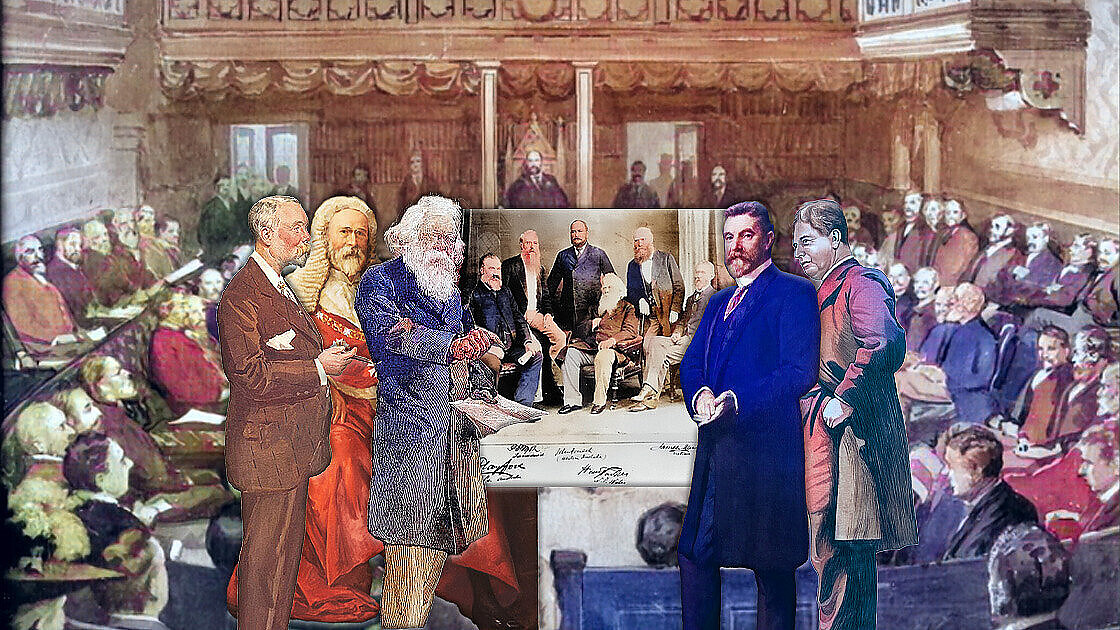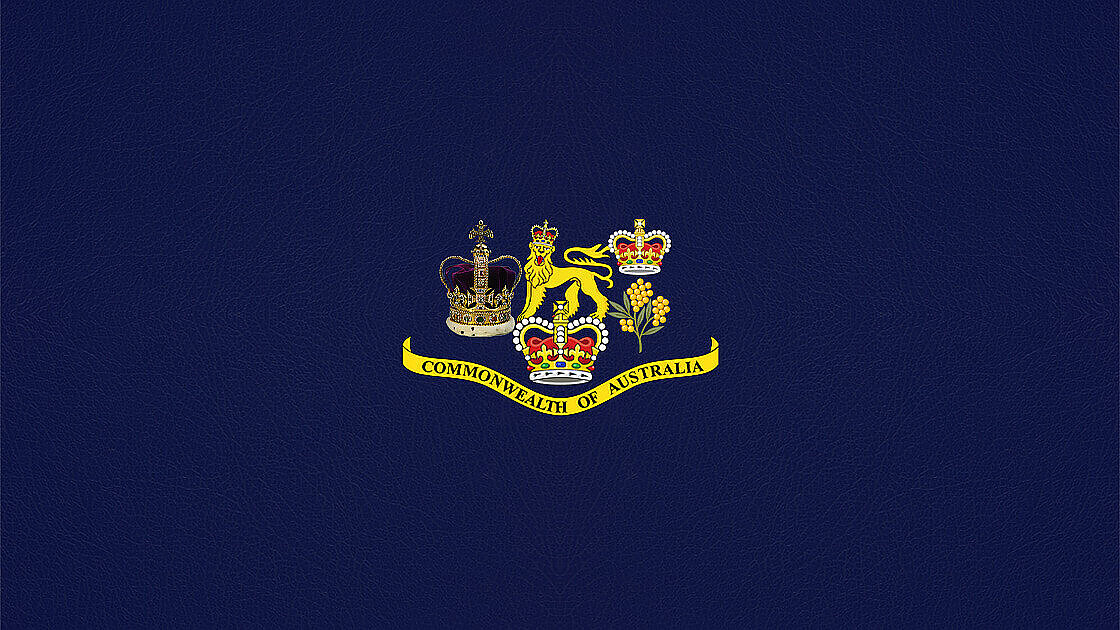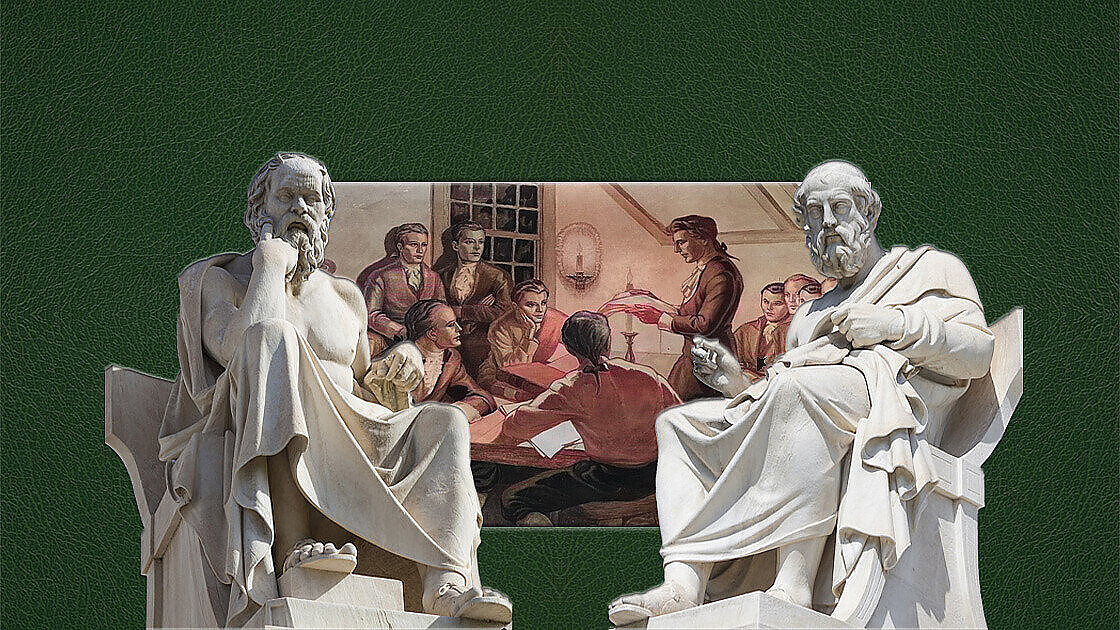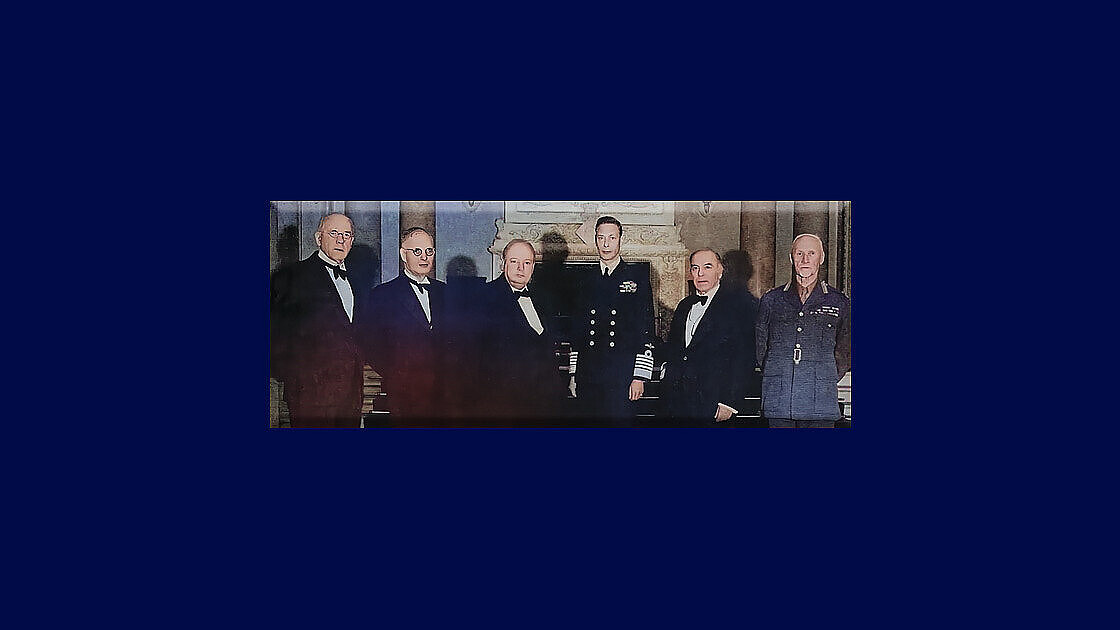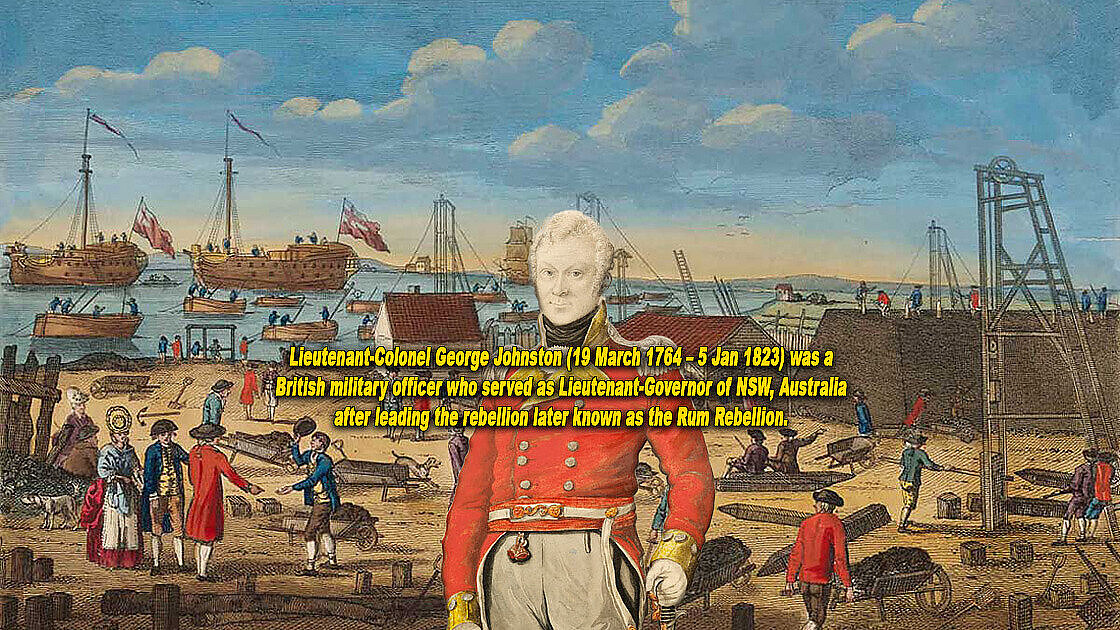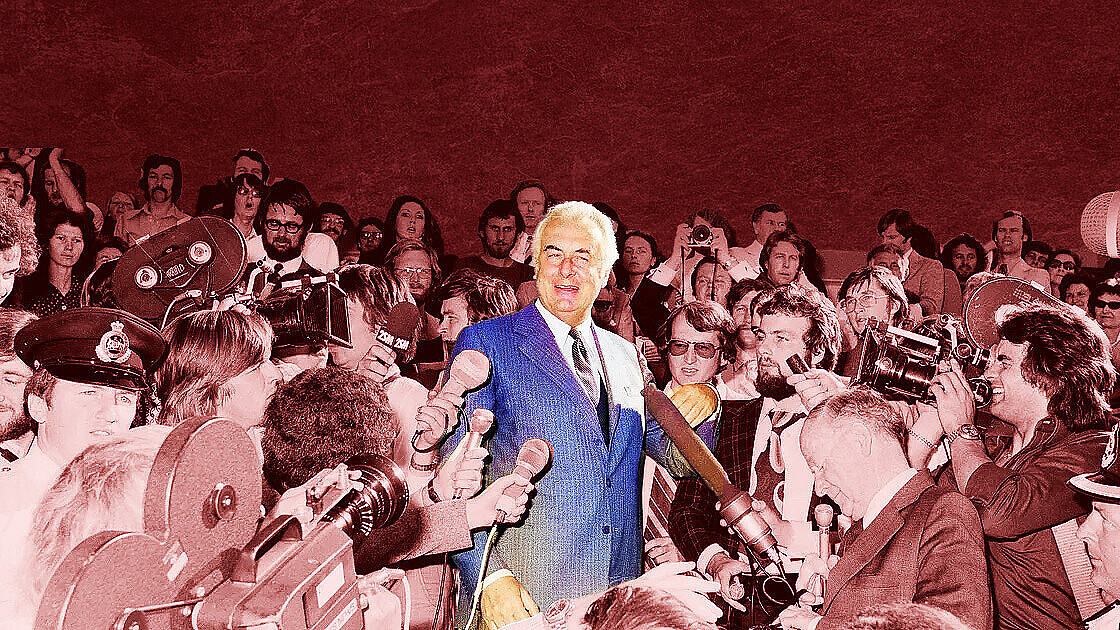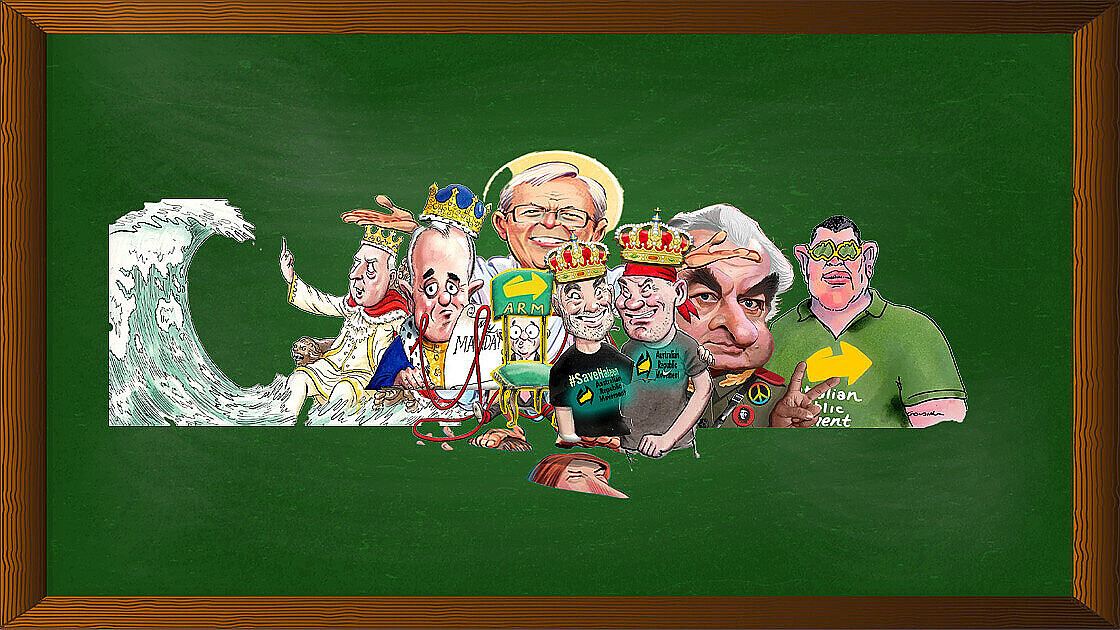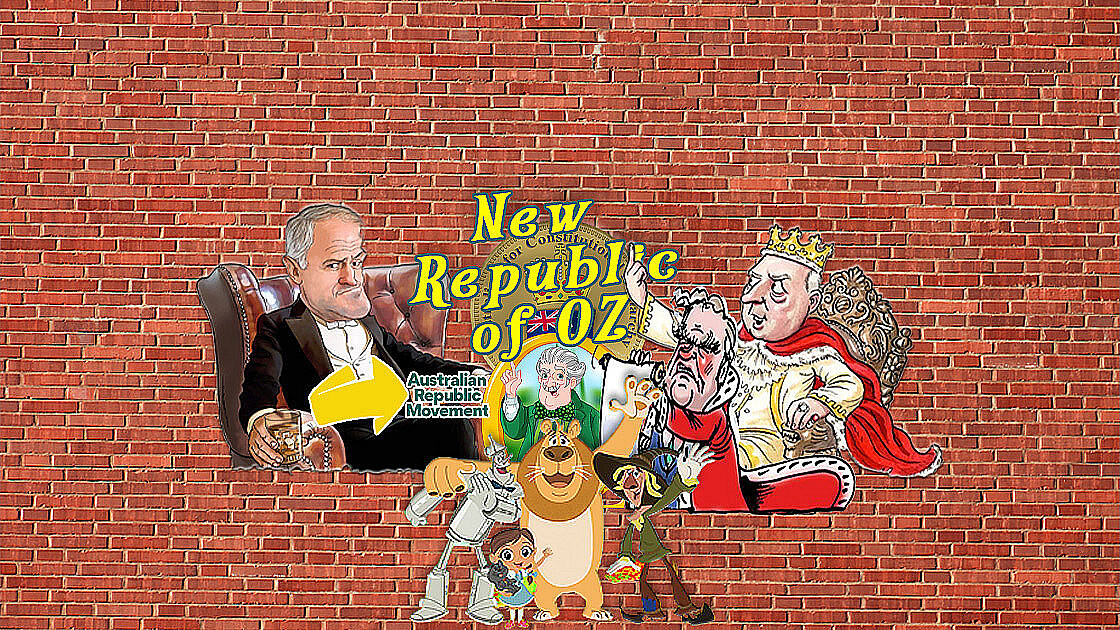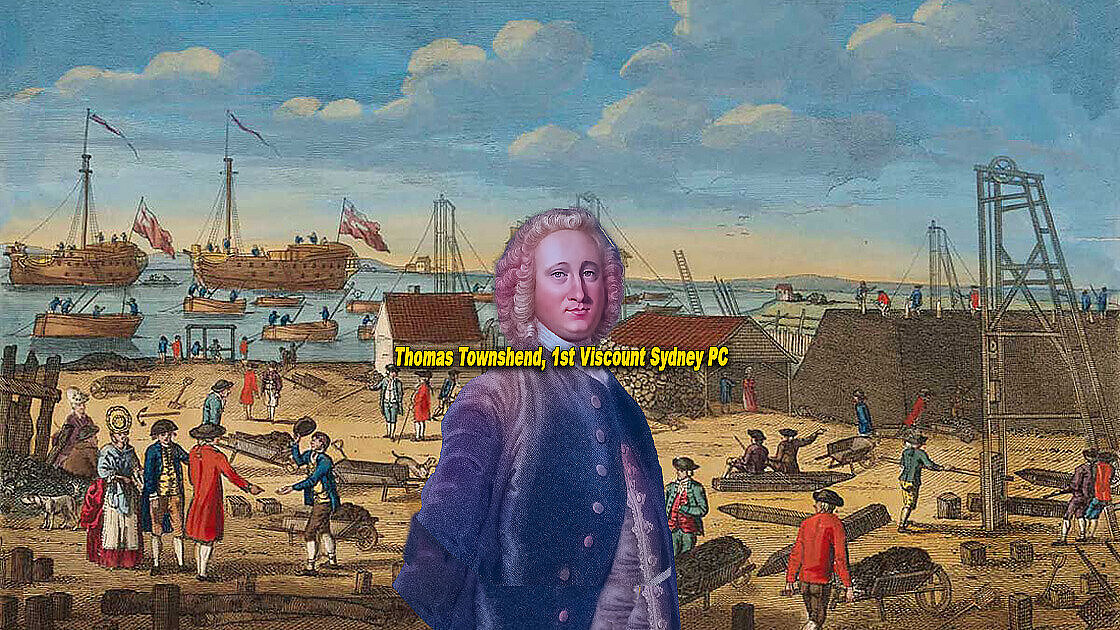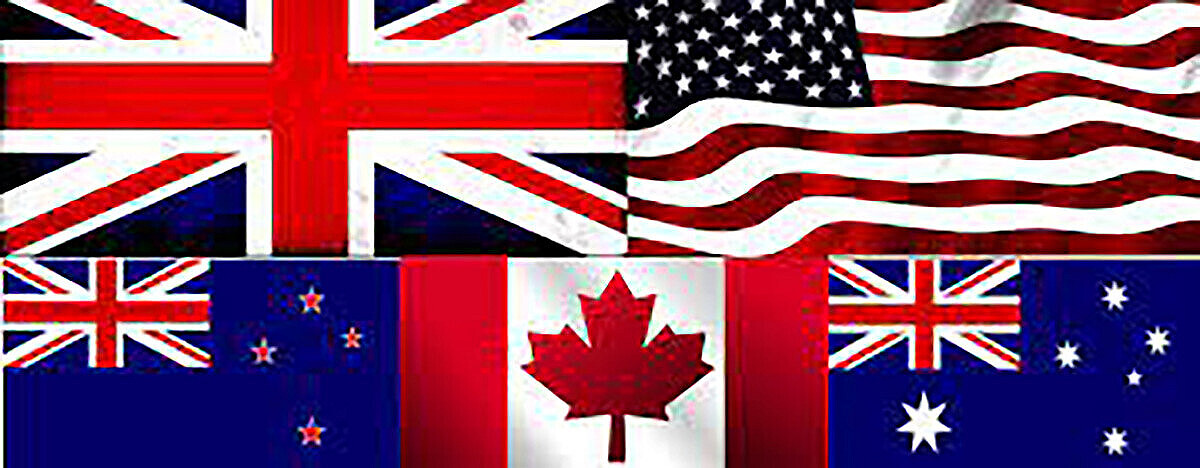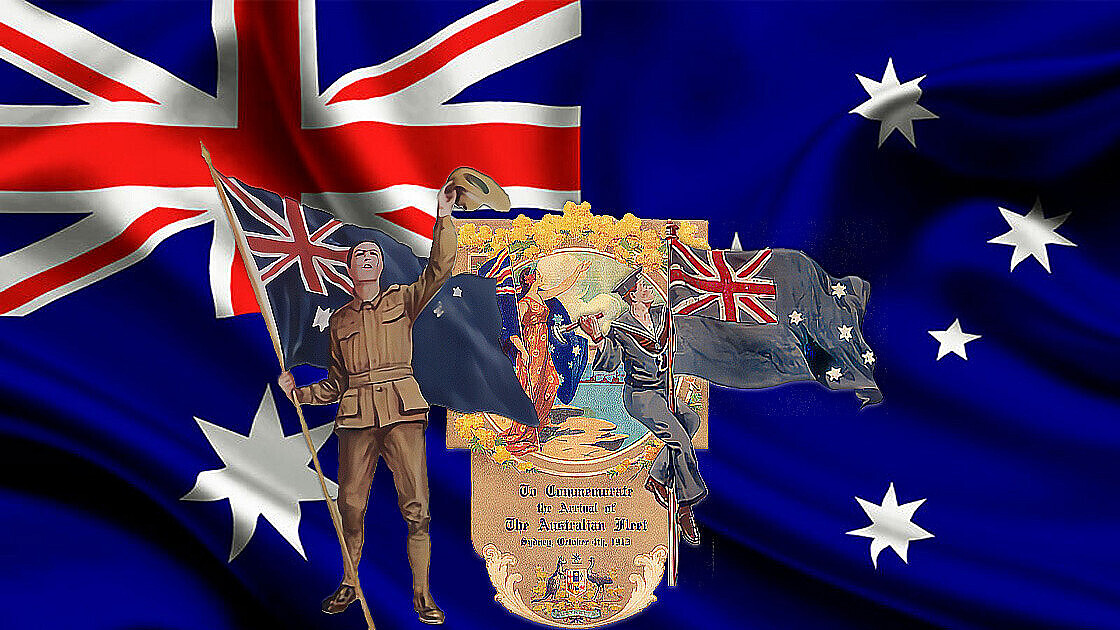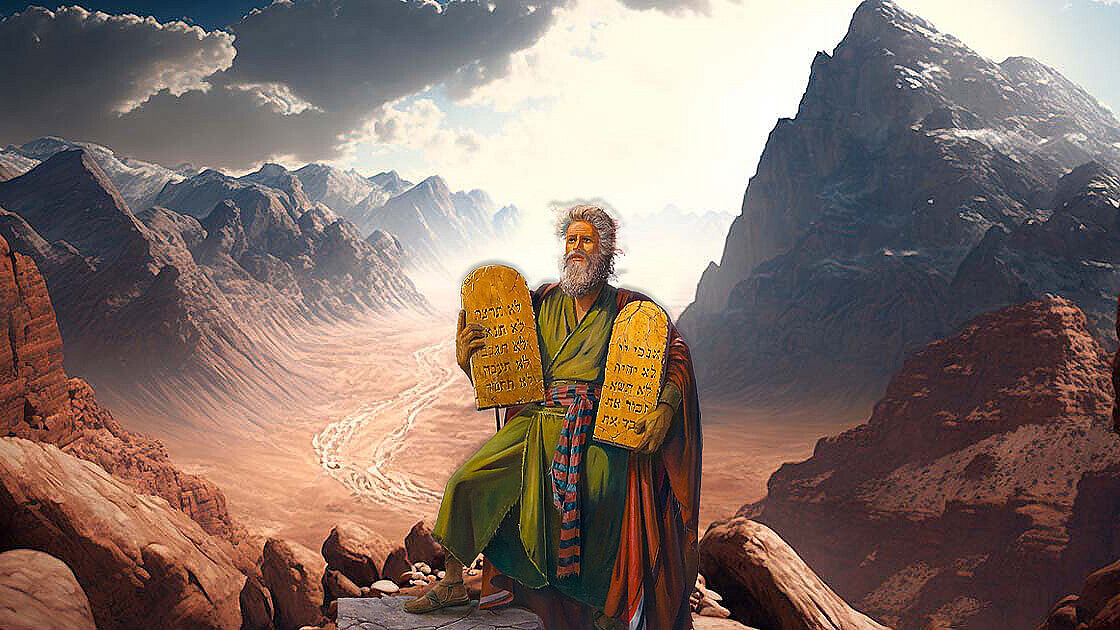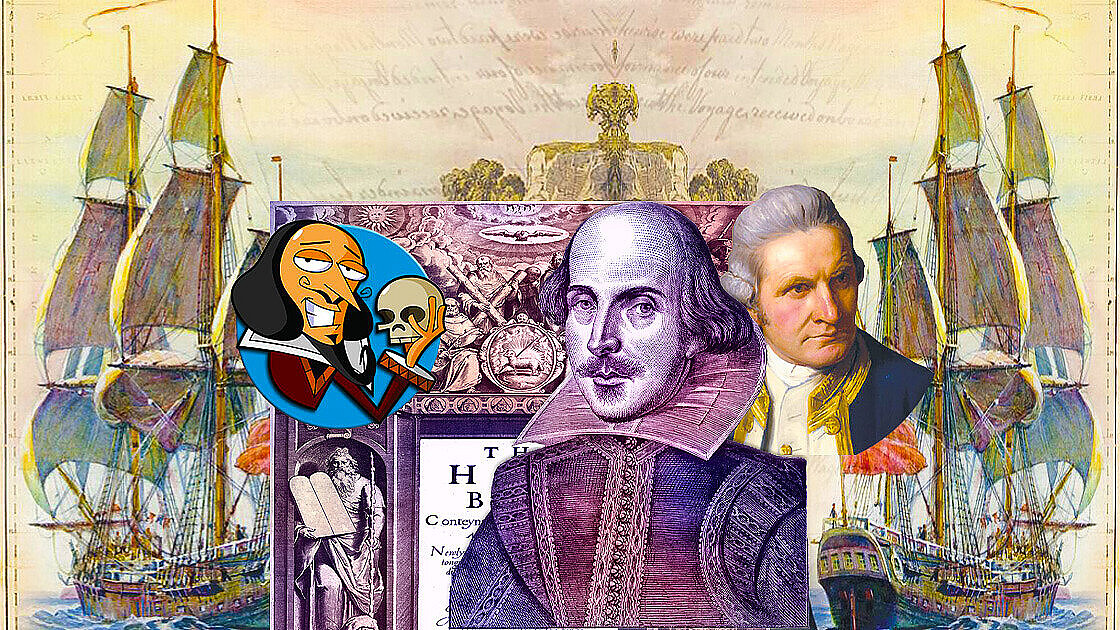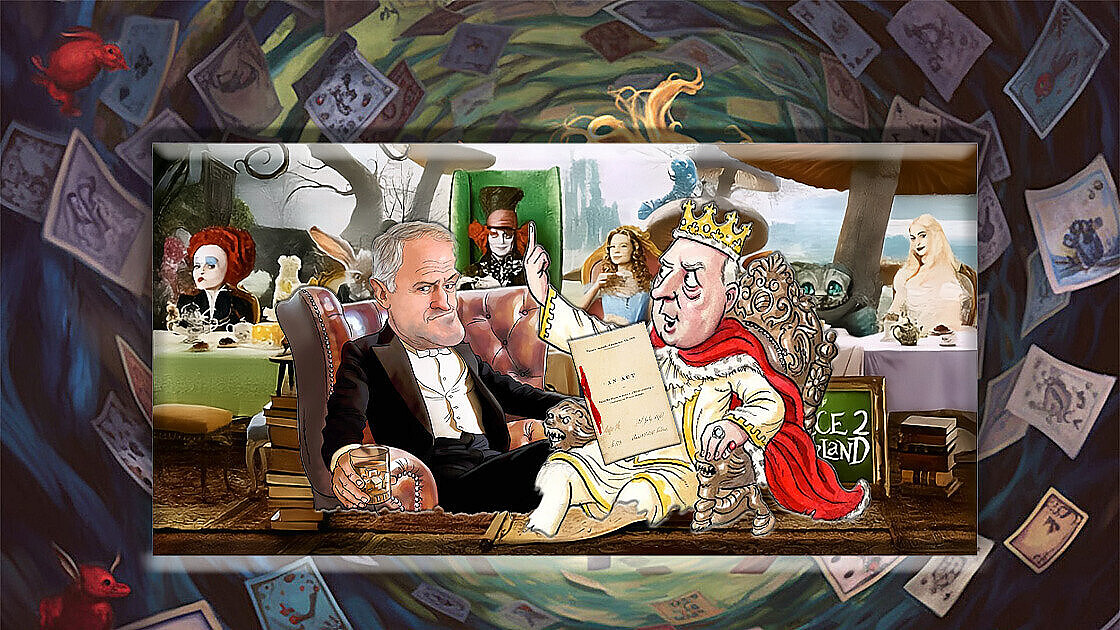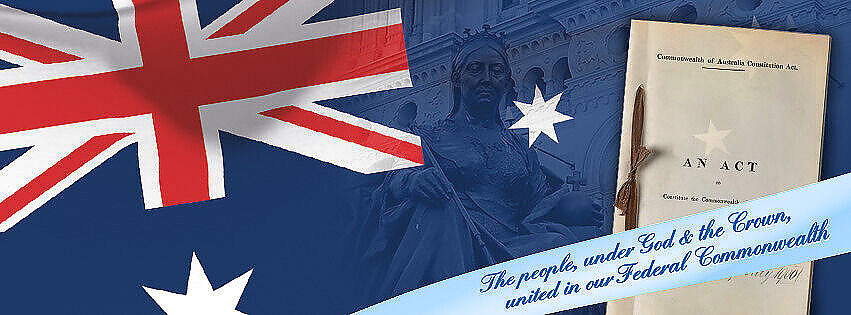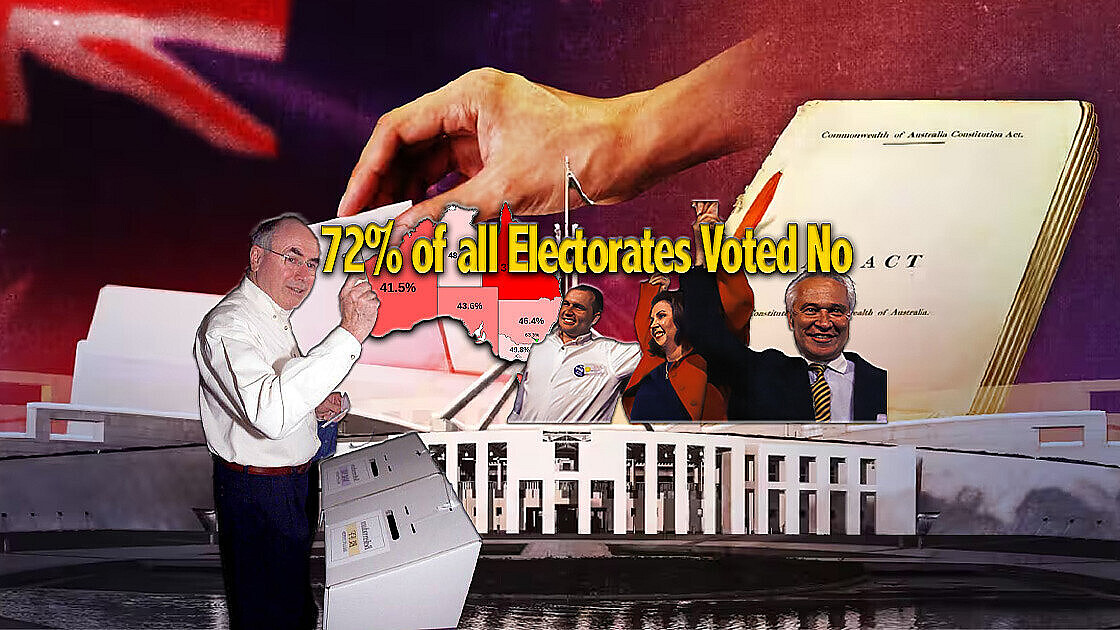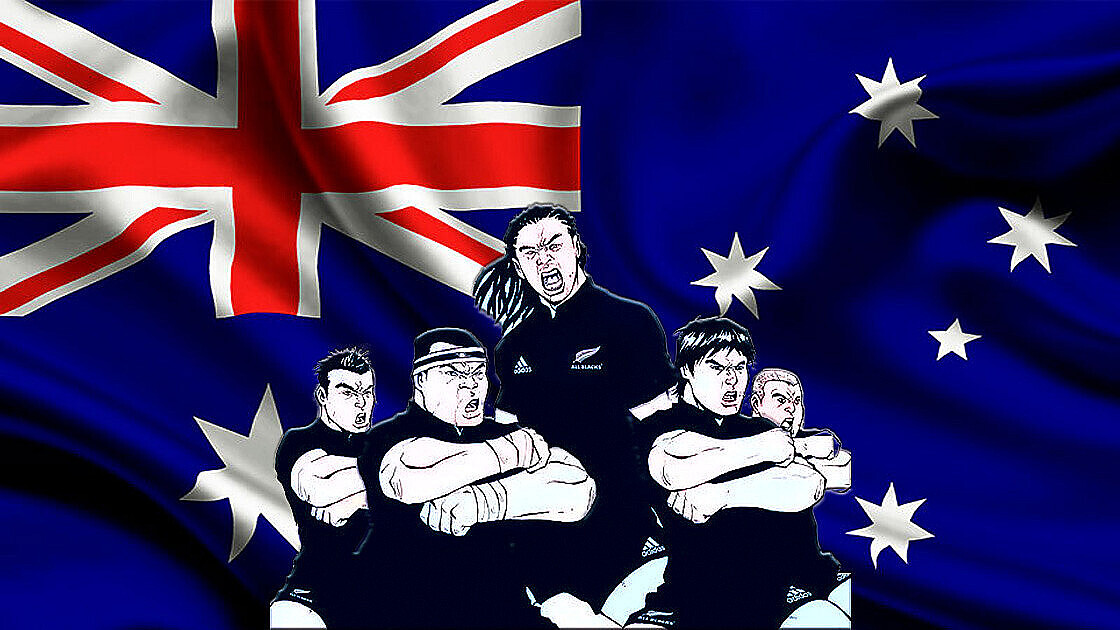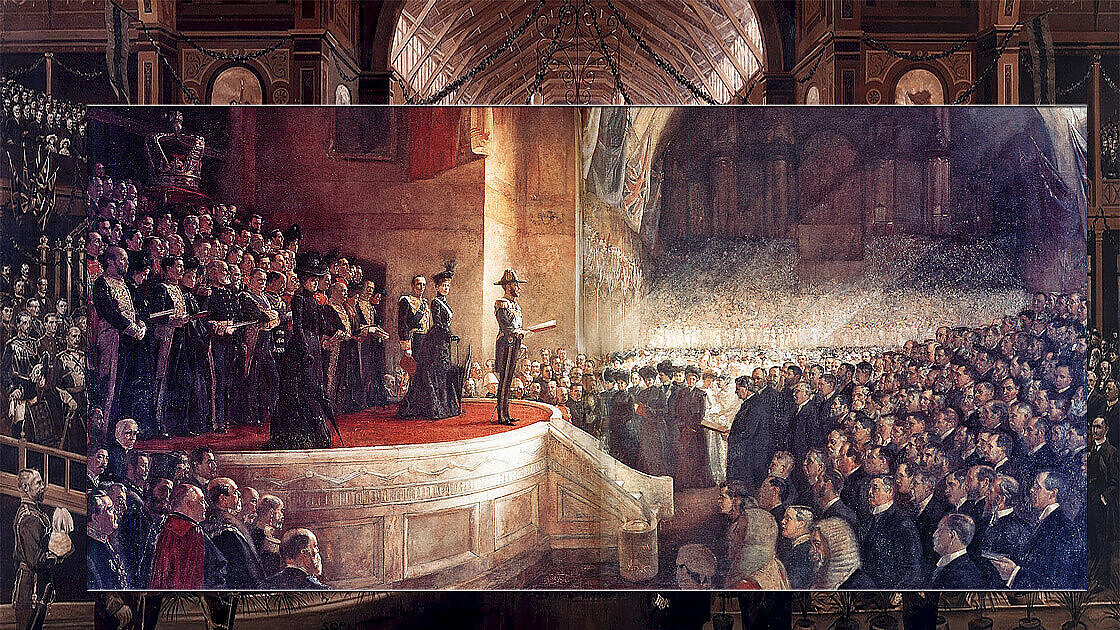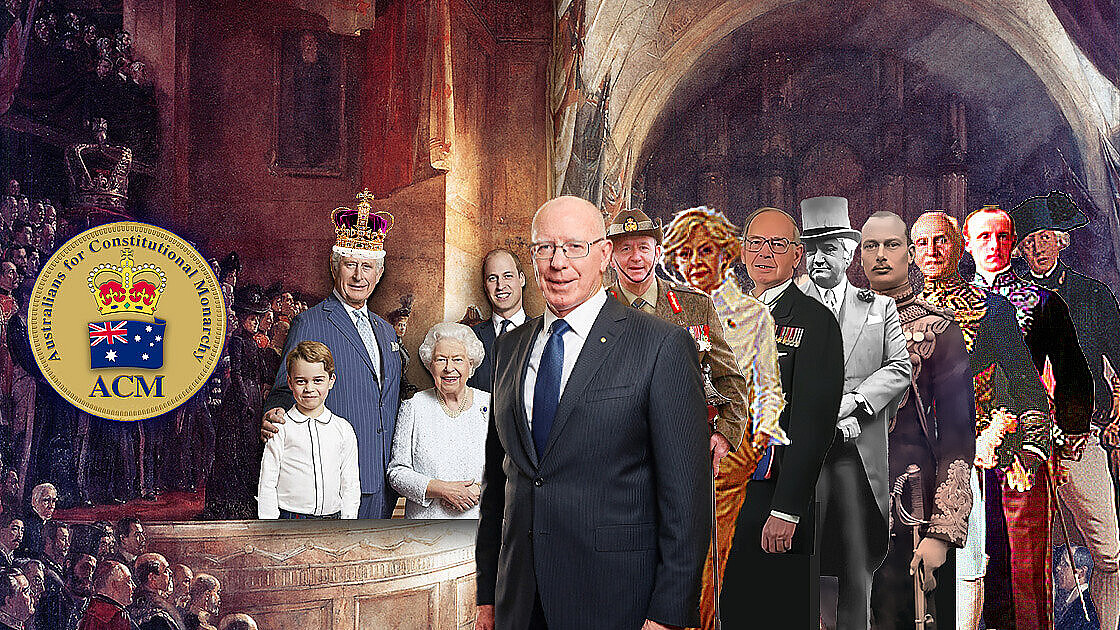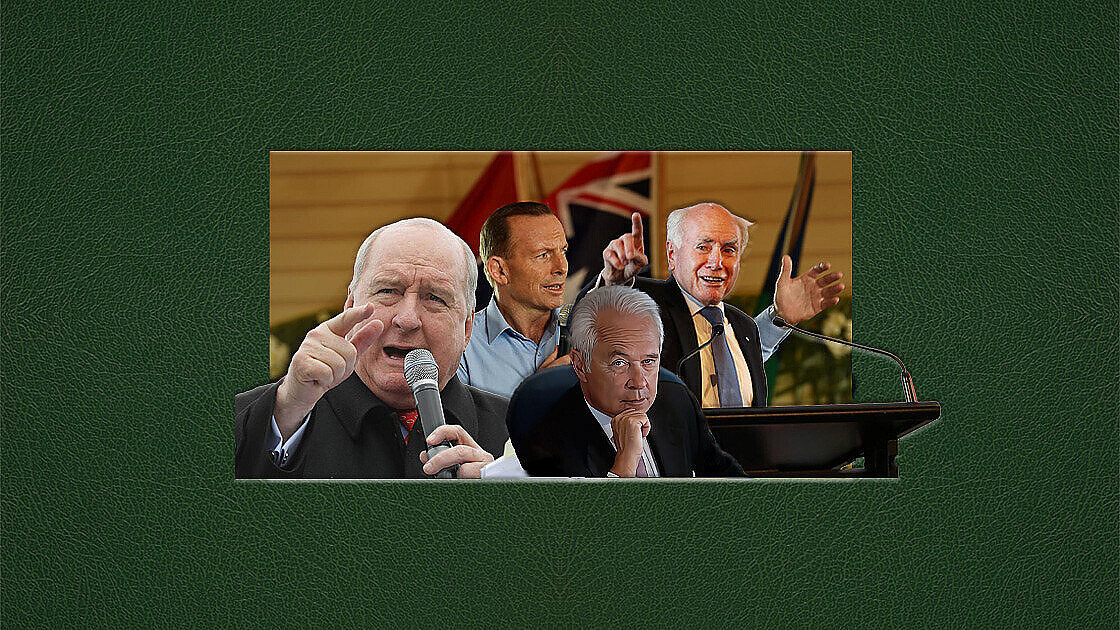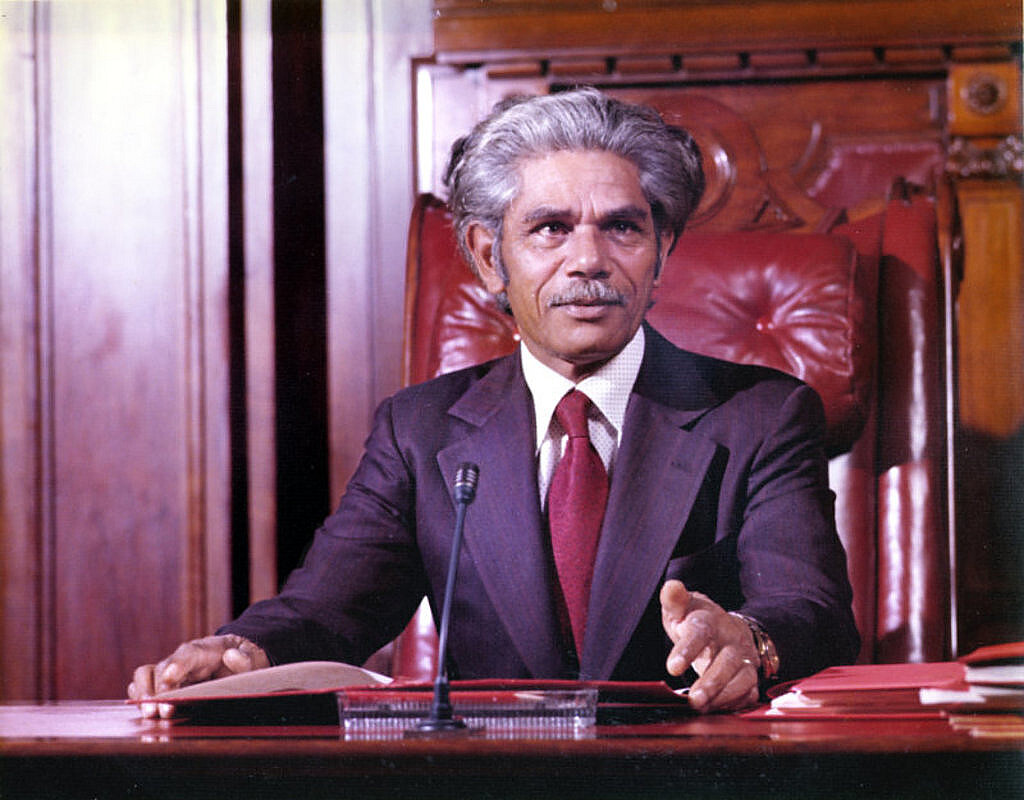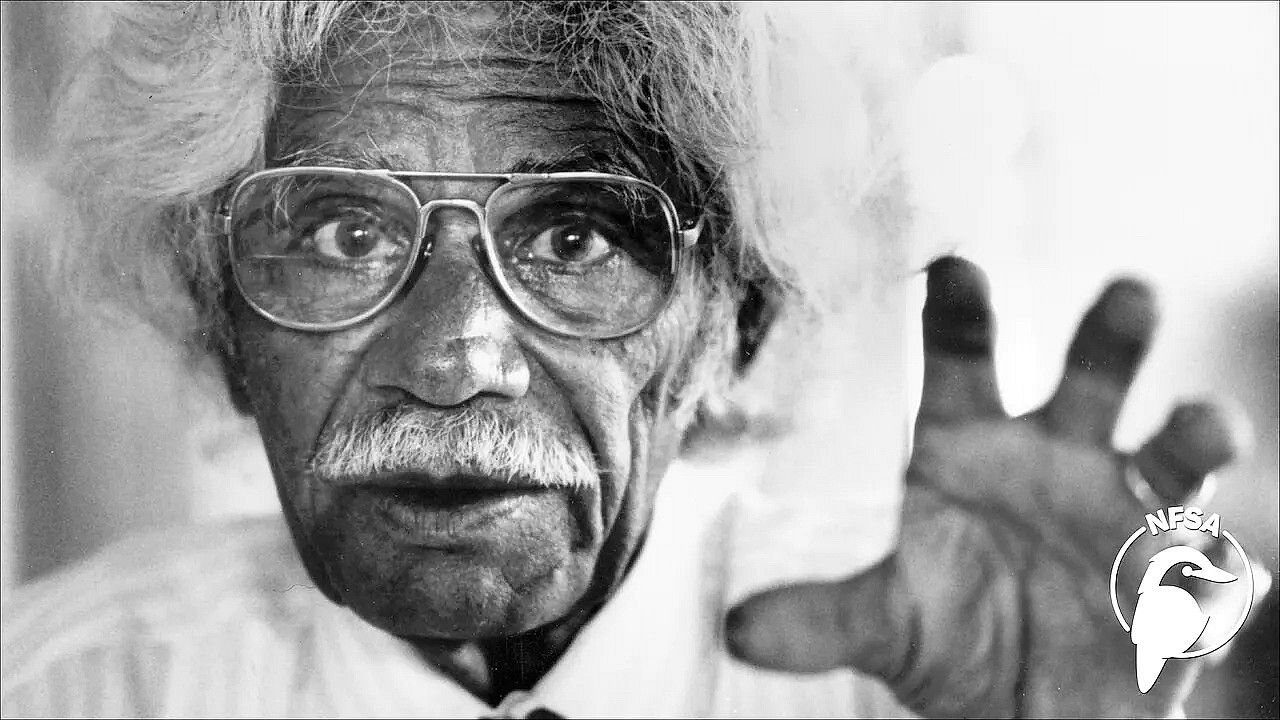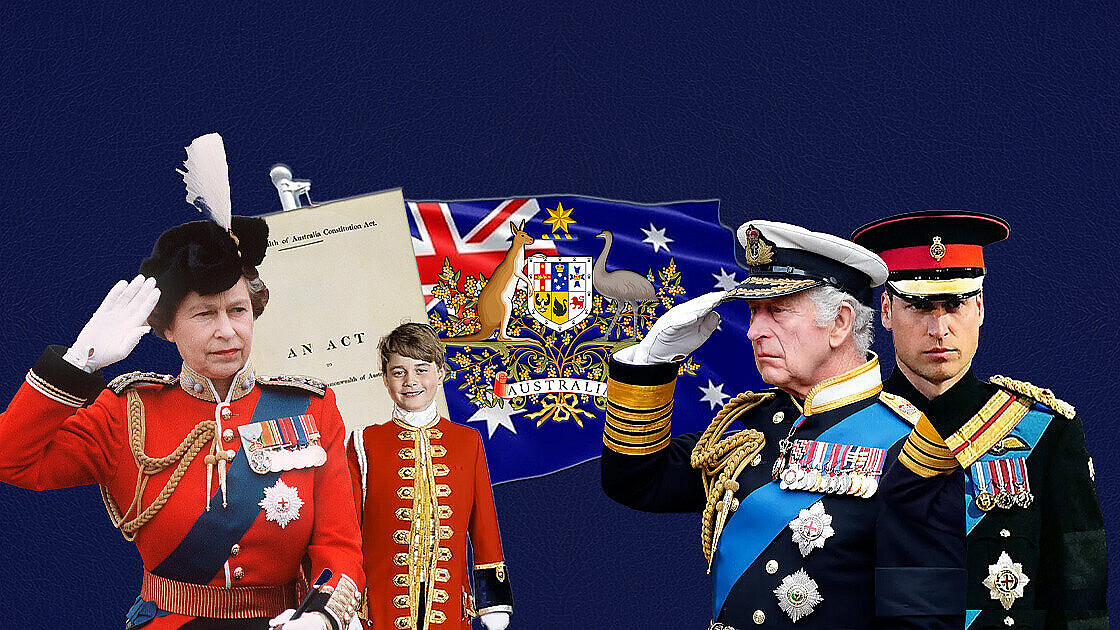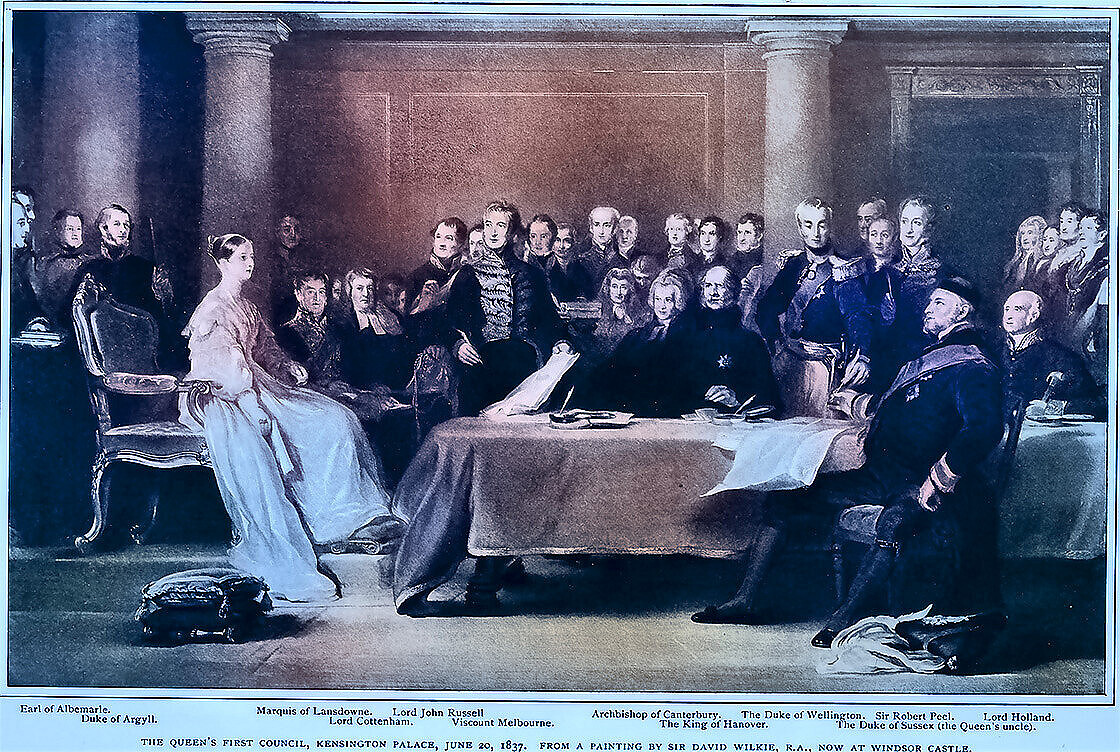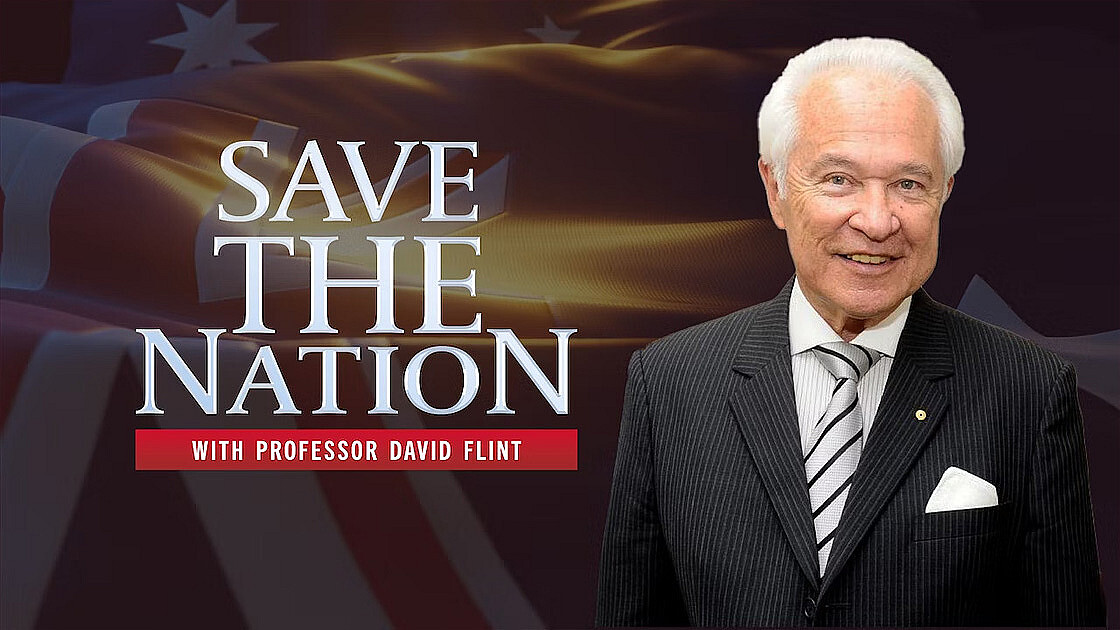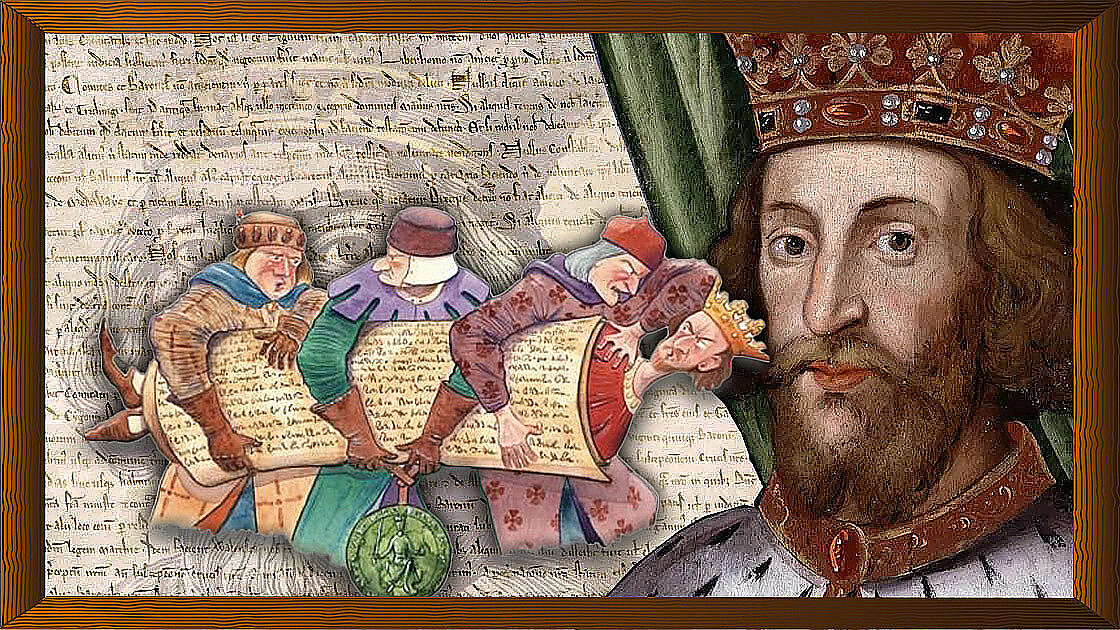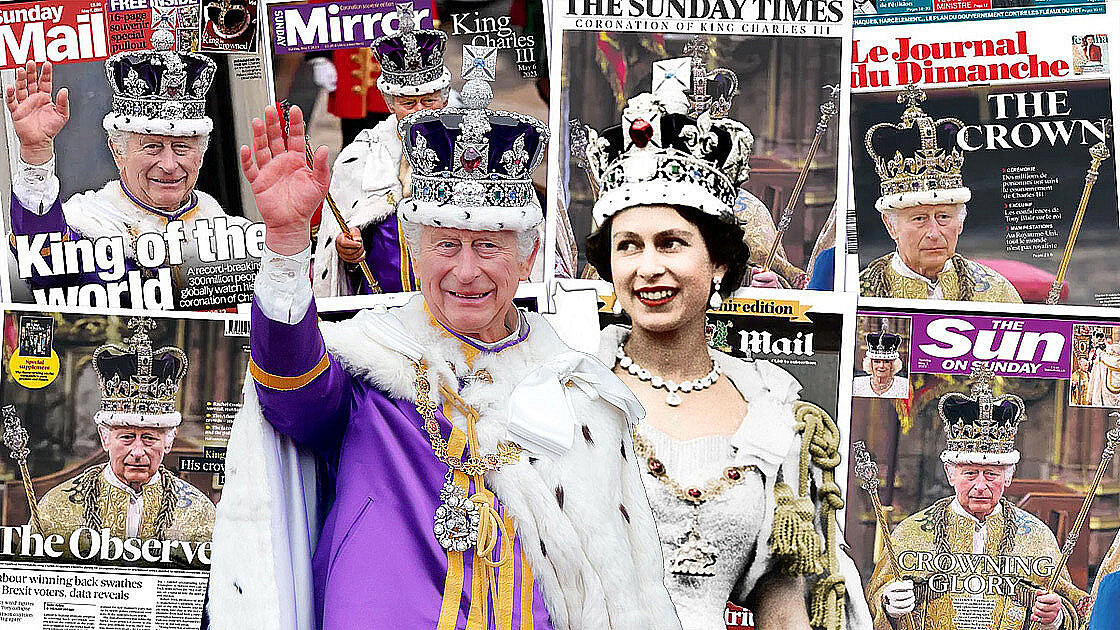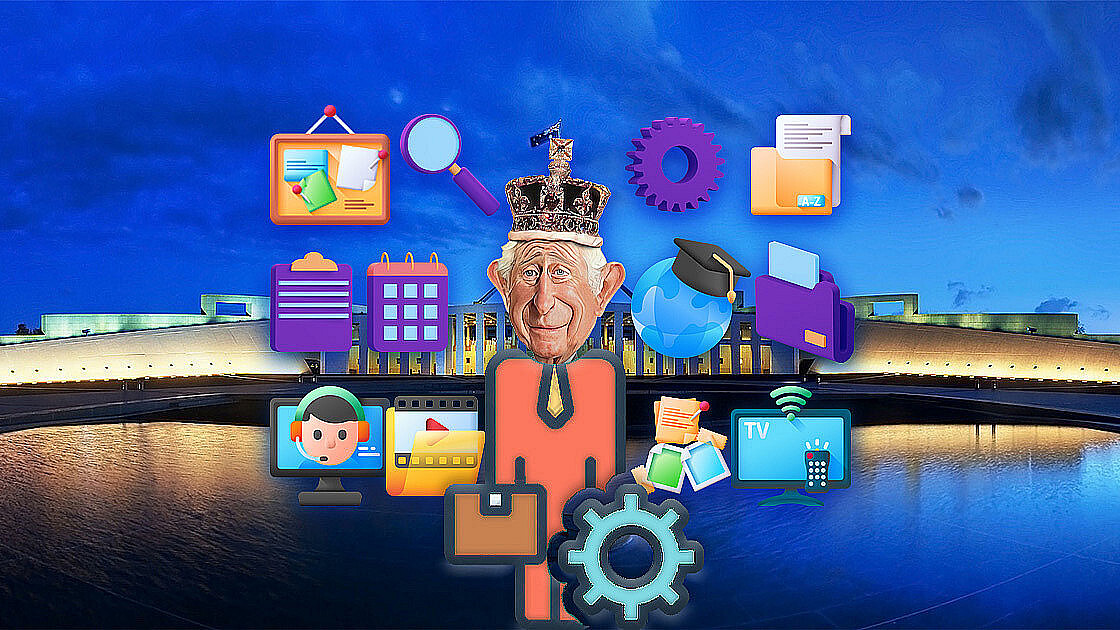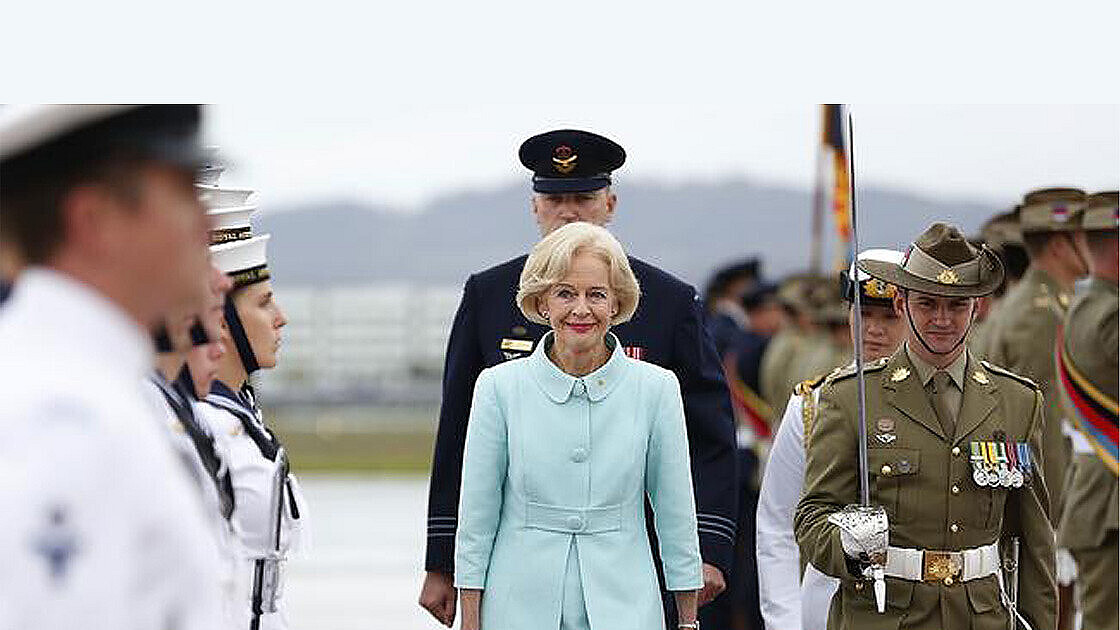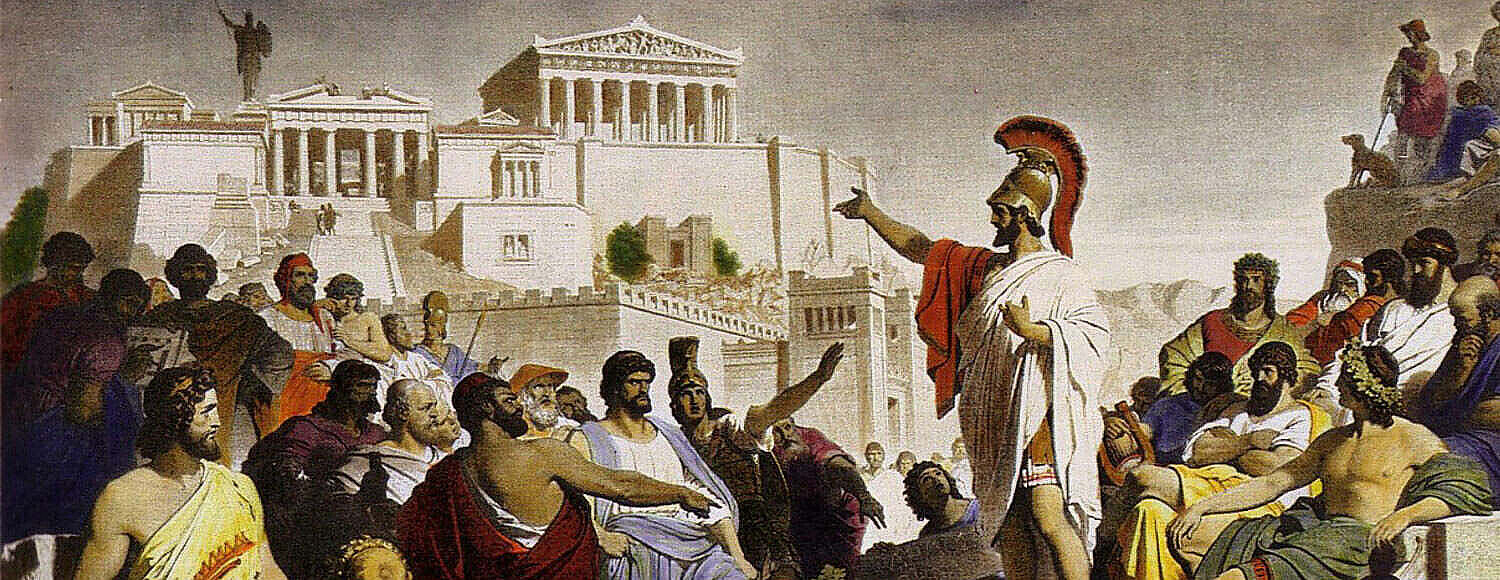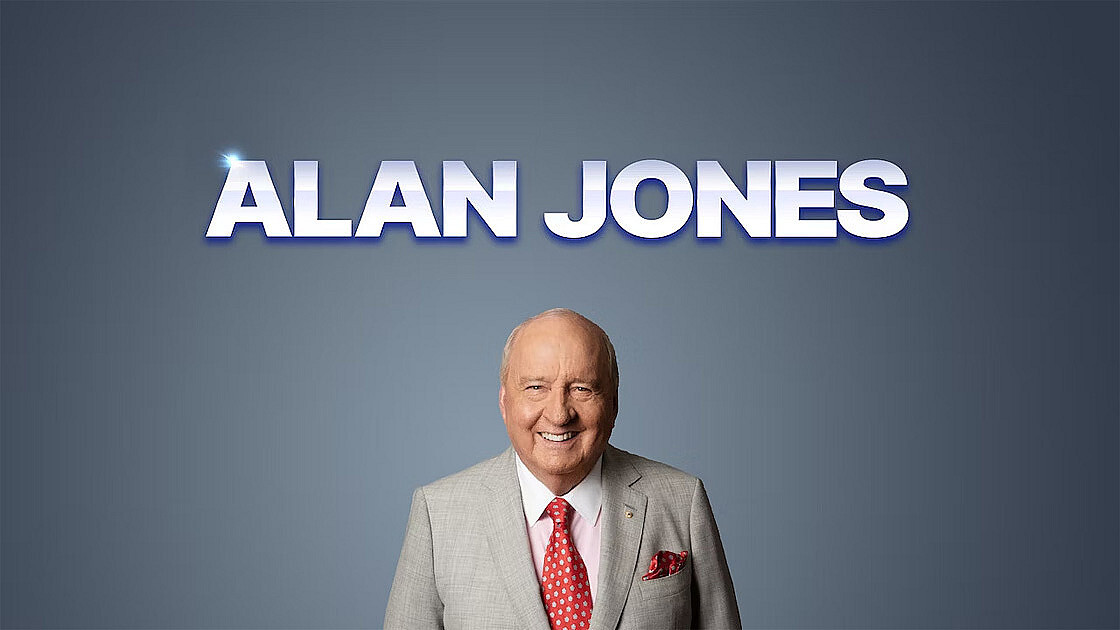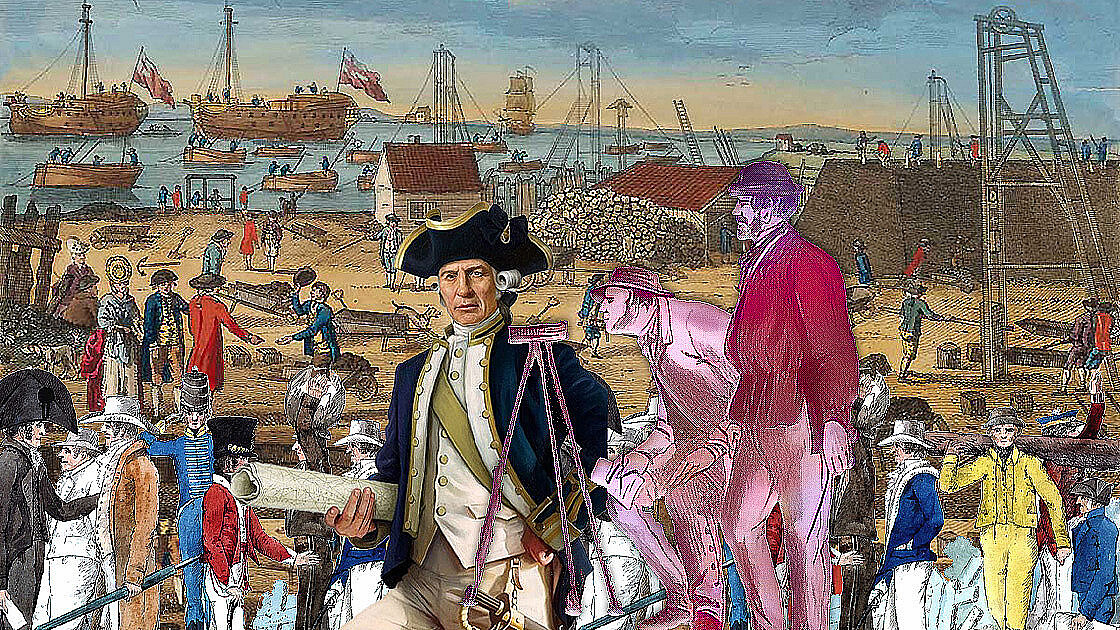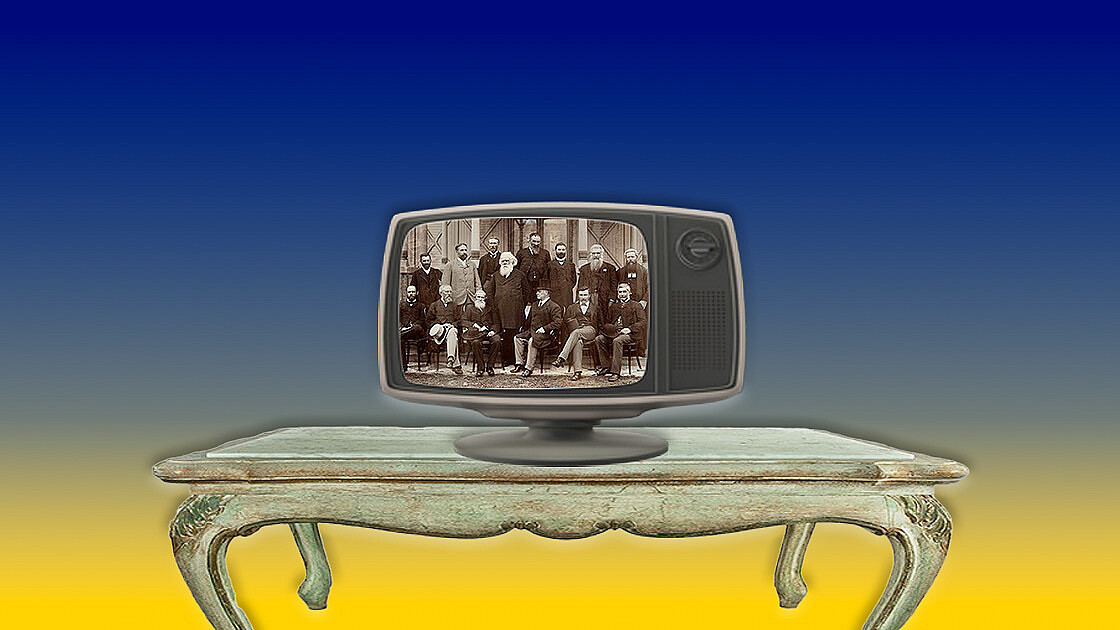New Republican Movements
In the 1960s, a group of intellectuals in Australia held the belief that the Australian Crown's problem stemmed from the obligation felt by their social class to display deference towards Britain. However, this matter went unnoticed by the British. It is crucial to acknowledge that our constitutional system is entirely distinct from the personal psychological issues of a small number of Australian intellectuals.
The rise of Republicanism was not primarily motivated by a sense of inadequacy towards Britain but rather stemmed from a cutthroat political battle that took place in 1975. Two politicians engaged in this struggle, both of whom were unwilling to compromise and make concessions. This intense power struggle ultimately gave rise to the prominence of Republicanism.
The Leader of the Opposition, Malcolm Fraser, was impatient for government and not willing to wait the normal 18 or so months for an election to be held. Meanwhile, the unpopular Prime Minister, Edward Gough Whitlam AC QC, was not prepared to have his term shortened. Fraser used his numbers on the Senate to delay the supply until the Prime Minister advised an early election. It has been unconstitutional since the reign of King Charles I for a government to rule or spend money without supply being granted by Parliament. The Whitlam government tried to find ways of continuing without supply, such as bank loans, but they were refused. Eventually, the Governor-General would have had to act. On November 11, 1975, instead of a general election, Mr Whitlam advised a half-senate election. The timing of this would depend on the state governors, who were mainly hostile. Even if the election were favourable to Mr Whitlam, new senators would not take their place until July 1, 1976.

In the year 1975, Australia experienced a highly controversial political crisis that left a lasting impact on the nation's political landscape. During this time, the Governor-General made the unprecedented decision to dismiss Mr. Whitlam's commission and instead appointed Mr Fraser to form a new government. Despite initial hesitation, Mr Fraser eventually agreed to act as a caretaker of the government and proposed a double dissolution of Parliament. This led to a general election on December 13th of the same year, which resulted in a significant victory for Mr Whitlam's opponents. While the crisis was resolved democratically, it sparked widespread discussions and calls for constitutional changes to limit the powers of the Governor-General and the Australian Crown, highlighting the need for reforms to ensure a fair and just political system.
There was growing interest in making a change, but it wasn't until Paul Keating became Prime Minister that the Australian government made it a priority. Unfortunately, Keating was defeated in the 1996 election, but his opponent, John Howard, decided to address the issue by proposing a constitutional convention before the election. The convention took place in 1998, and a referendum followed in 1999. Despite widespread political, media, and financial support, the referendum was ultimately defeated across the nation, in all states, and in 72% of electorates.
A Republic of the Arts
The arts have had a long association with nationalistic Australian republicanism. It goes back to Henry and Louisa Lawson, who embraced the narrow, racist and isolationist vision of a new Australia espoused by the Bulletin. Mark McKenna also includes the painter Adelaide Ironside and the poet Charles Harpur as "artistic" Republicans.
In more recent years, we have had Donald Horne, Patrick White, Geoffrey Dutton, Les Murray and Arthur Boyd. McKenna attributes the republicanism of these artists and writers to the strong sense of nationalism they asserted through their work in this seemingly isolated country.
Republicanism became a convenient refuge for artists who wished to signify their separation from the "cultural Mecca" of London. They feared a form of psychological dependence that would shackle their creative endeavour in making Australian art. Concerns about a "cultural cringe" are not new.
P.R. Stephensen insisted as long ago as 1936 on the impossibility of a distinctly Australian culture developing while Australia remained intellectually or politically dependent on the British Empire. In the 1960s, this sentiment developed significantly, led largely by writers such as Geoffrey Dutton and Donald Horne, who spent time in England in the 1960s.
But by then, the campaign seemed curiously dated. Weren't these artists fighting yesterday's battles? Hadn't they noticed that the dominant cultural influence in Australia was now that of the United States? As Michael McKenna observes, republicanism was being led by intellectuals who had only belatedly decided that they no longer needed to feel inferior to Britain.
Meanwhile, most Australians who identified with Americana were seeing the revival of Australian film, watching for the first time Australian television dramas, and hearing at least some Australian music.
The cultural cringe
No doubt the average Australian wondered, if they paid any attention at all to the issue, why these intellectuals were worrying about British influence.
So we have the phenomenon of members of the Australian intelligentsia leading from behind as French politician Alexandre Augustine Ledru Rollin exclaimed, "Ah well! I am their leader, I really had to follow them."
Given the profound impact that writer Donald Horne was to have on the later Republicans, it is worthwhile to consider his early approach more. From a contemporary perspective, they seem to be only of academic interest. His observations about British domination of Australian culture are obviously no longer accurate reflections of Australian society - the Australian sun has long set on British cultural predominance.
But Horne's conclusions are historical in that he spends a great deal of time discussing the “ problem” of past perceptions of Australia rather than those which prevail today.
In 2008, the Lowy Institute Poll showed that from a list of countries of interest to Australia ( New Zealand was not included), Australians are by far most favourably disposed towards Great Britain. Horne wrote that for the extreme empire loyalists of the past, loyalty was primarily a matter of the empire and the monarch. Loyalty was due to Australia precisely because Australia was British.
To the extent that Australians deviated from "Britishishness”, they denied their heritage and their destiny. Even to distinguish between the interests of Australia and Britain was disloyal. It is telling that even in 1965, Horne preferred to address a mentality that existed in Australia in the past tense.
Overlooking the example of Canada, Horne claimed the crisis was that Australia has no identity and its only hope is to pursue republicanism. So, some politicians’ republics are necessary because Australia lacks an identity.
The dismissal
The dismissal of the Whitlam government in 1975, followed by an election, changed the Republican debate. What was a curious academic school, the obsession with a cultural cringe suddenly had legs. It is worth recalling the immediate causes of the 1975 crisis.
They were Leader of the Opposition Malcolm Fraser's impatience for government and the determination of the Whitlam government that it would try to govern without supply, that is, without the authorisation of funding by parliament. It was the Governor-General's decision to act before the supply ran out that brought the crisis to an end.
The crisis was in no way caused, provoked or exacerbated by The Queen. But logic is not necessarily a guide for political action, and many blamed the monarchy rather than the politicians who had actually caused the crisis. So the dismissal provided a new source of Republican sentiment.
Until then, the Labor Party had been as monarchist as the Liberal and Country Parties. Labour leaders such as John Curtin, Dr H.V. Evatt and Ben Chifley were as a royalist in sentiment and in action as R.G. Menzies. After all, it was our great wartime prime minister, John Curtin, who recommended that a Royal Duke be made Governor-General.
A New Labor Platform
But in July 1981, six years after Whitlam's dismissal, a national conference of the Labor Party voted to support a republic. There were in fact two motions, this one from the floor, and another from the executive, asking for an inquiry on the subject and a report. According to the historian Alan Atkinson, the motion from the executive should have been put first, but Neville Wran, the national president, gave priority to the motion from the floor. It was carried unanimously. Labor was committed to a republic without any form of consultation or discussion within the broader party.
A motion in 1991 for a public education campaign, culminating in a referendum to make Australia an "independent" republic on 1 January 2001, was carried - but "not very vigorously", according to the then ALP president.
What then are we to make of something being official ALP policy? The first platform of the ALP aimed for the total exclusion of "coloured and other undesirable races". For many years Labor was committed to the widespread nationalisation of industry and the banks. Both of these policies have not only been abandoned but reversed. Will republicanism stay as ALP's official policy?
Before he endured the indignity of dismissal, Gough Whitlam was asked whether it was correct that he wished to transform the office of Governor-General into a presidency.
He replied: “No, I do not think that is said. I have used the term that the GovernorGeneral is viceroy, and some people seem to think that is an extraordinary concept, but constitutionally, it is quite obvious. He is the stand-in for the Queen when she is not in residence here. He can do everything that she can do as head of state. The system ... works quite well.
“After all, no government of any political complexion can be better pleased than with a system where the head of state, the ceremonial head, holds the position for a certain number of years on the nomination of the national head of government. The system works very well and our governors-general, certainly the Australian ones, have always been top men.”
So before his dismissal, Mr Whitlam clearly thought the Australian system quite agreeable. He is, of course, entitled to change his views. In 1983 he wrote that he believed not merely in a symbolic change but in large-scale substantive alterations to the Constitution.
The case for a republic, he says, is not primarily directed against the monarchy "but against the faults" in the Australian constitution.
He believes that the case rests not so much on the need to sever links with the Crown but on the need to strengthen Australia's own institutions and democratic safeguards.
He says any worthwhile improvement of the constitution will require major changes, and "since the monarchy is integral to, and virtually inseparable from, the constitution as it stands, the only realistic course is to replace it altogether".
The action of Sir John Kerr certainly renewed impetus for the cause of republicanism in Australia. A former governorgeneral, Sir Zelman Cowan, points out that a republic, of itself, would not necessarily dispose of the problem of the exercise of such discretions.
But the fact that a governor-general, "unelected and the representative of the queen", acted in this way is seen by some - perhaps by a growing number of Australians - as grounds for remaking the constitution without monarchical institutions and representation.
He believes the achievement of "full" independence for Australia, the changing pattern of her relationships with the world, and the changing character and composition of Australian society and the Australian people have all affected our view of the special relationship with Britain and its institutions.
Mark McKenna says that the modern push for a republic had its roots in Donald Horne's response to the dismissal. Horne saw a need to remove the monarchy not only to assert our national identity but also to democratise the constitution.
McKenna points out that Australians are reluctant to endorse constitutional change. So, Horne's republic might sink quickly if it were too closely linked with substantive changes to the constitution. Isolating the republic as a mere question of patriotism, of national identity, from the problem of substantive reform is precisely the approach embodied in the ARM's platform.
It was no doubt hoped this has the added advantage of avoiding what Australians have traditionally done in referenda -look closely at the details of the proposed change.
The Australian Republican Movement
The smouldering passion for revenge ignited by the 1975 dismissal was directed at the Crown and only relatively briefly at Malcolm Fraser. Yet Fraser had forced the issue and taken the country to the brink. Ironically, now a Republican, he has escaped the ignominy that was directed at Sir John Kerr. Little blame today is attached to Gough Whitlam, who, through his wit, a fine sense of humour, and patrician elegance, enjoys a high standing in Australian life today.
But his newfound republican mission would have been dissipated had it been not for the creation of the Australian Republican Movement but rather that change to a politicians’ republic became part of Prime Minister Paul Keating's agenda, as he put it, part of the "big picture".
The Australian Republican Movement was not born in such heroic circumstances as were the Declaration of Independence, the Magna Carta or the Declaration of the Rights of Man.
Rather, according to Republican writer Thomas Keneally, it came about over lunch with Malcolm Turnbull in the exclusive Sydney suburb of Woollahra:
“That lunch at Jill Hickson's and Neville Wran's table had now reached the point where nearly all the fish they bought the day before at the Sydney Fish Markets had been eaten.
“In a manner all too typical of generous Sunday lunches in Sydney, a number of bottles of Hunter Valley Chardonnay had also been drained.
“ Neville Wran leaned over the table and said, ‘The other thing I want to see happen bcf()re I bloody well die is an Australian republic.’ “ A celebrity Republic McKenna says that Keneally's description of a "boozy lunch", while honest, was not particularly astute: wine as the wellspring of the Australian Republic.
The concept of a group of citizens leading the Republican debate proved to be effective, but it would also lend itself to allegations of elitism.
A celebrities' republic
The ARM, McKenna says, was not so much a people's movement as a "media offensive by a minority of influential individuals who claimed to have the people's interest at heart".
The argument that the ARM's approach is elitist has also been expressed by other republicans. In 1995, launching Tony Abbott's book The Minimal Monarchy, poet and long-time republican Les Murray declared:
"I am probably (seen as) a notorious old republican. Have I turned away from all that suddenly and become a royalist? No....I've become more of a republican lately, out of fear of the ugly, elite republic towards which we are being rushed at the moment the republic of celebrities and hectoring and social scorn."
An anonymous internal report leaked to the press expressed similar concerns about the ARM's leadership. Later in the same month, The Australian reported that the ARM had come under attack from within its own ranks for being controlled by a "Sydney dinner party set" and being anti-democratic.
A document prepared within one of the movement's state branches also claimed many potential members resent the "brash, egocentric, sometimes overbearing, sometimes bullying personal style" of its chairman, Malcolm Turnbull.
A fundraising function in Melbourne was described as one where the champagne was decent and the canapes okay, but the timing and placement were terribly wrong.
"It was a night to forget. Mostly because so many republicans cannot bear to remember it without wincing." (Virginia Trioli, The Bulletin, 30 March 1999)
With photographs of the opulent evening splashed across the daily press, she said the event produced the answer to only one question of any importance: where do osprey feathers actually come from?
The answer comes from society leader Susan Renouf.
A Prime Minister with Visions: Paul Keating
The ALP platform, disgruntled artists and the Australian Republican Movement - even together - were not enough to make republicanism a real political force.
Everything was to change when Paul Keating overthrew Bob Hawke in the Labor caucus. Keating's prime ministership was based on his “big picture” image as a leader seeking national re-invigoration and new definitions of Australian identity.
He was never without an opportunity to speak on these issues: even when announcing the Australian of the Year in 1995, Keating managed to reduce Arthur Boyd's entire artistic oeuvre to an attempt to distil the essence of Australia on canvas!
As Alan Atkinson says, politicians - especially Keating _ are often confused about what they mean by Australian identity. Sometimes, they mean our profile in the world; sometimes, what they think about themselves. "If he feels more excited and distinctive as a leader among leaders, it ought to follow (in his view) that we should feel more significant as Australians."
It is the prime minister's task, Atkinson says, to build our profile in the world. It is not Australians' task to colour themselves to match his profile. For a government that had been almost a decade in power and was about to go to the polls at a time of high unemployment and economic recession, the republic provided Keating with a means of reinvigorating the government and distinguishing his prime ministership from that of his predecessor.
He used it, too, to paint the Liberals as un-Australian to distract Labor supporters from his free market policies and also to drive a wedge into the liberal Party. Sufficient numbers of liberal politicians succumbed to this tactic.
Keating's drive for a republic was encouraged by Paul Kelly, then editor-in-chief of Rupert Murdoch's flagship newspaper, The Australian. From the time of Keating's appointment as prime minister, The Australian maintained a consistently pro-republican line, regularly leading editorials with sympathetic headlines such as "Our republic a historic opportunity".
Keating planned to change the flag and the constitution before the centenary of the federation. But he was defeated in 1996, but not before his rival, John Howard, had decided to neutralise the issue in the election by adopting a policy of calling a constitutional convention to consider the matter.
The trail set by The Australian was to be followed even more vigorously in more recent years by The Sydney Morning Herald. Once Sydney's conservative newspaper, the Herald, relieved of the patrician stewardship of the Fairfax family, has given itself over to a series of small “l” liberal causes. Newspaper editors around the country have followed. Now, an editor or journalist who is not a Republican is a rare bird indeed.
This sudden rush of republicanism among the political establishment and the elites was remarkable, given that only eight years ago, the mere suggestion that republicanism would play a central role in Australian politics would have been thought absurd.
The convergence of a Labor prime minister wearing a streak of republican nationalism like a badge of honour, the London media's intrusion into the private lives of the Royal Family and the birth of the ARM have assisted the growth of republicanism. But this was still essentially a vague idea of removing the Crown, not for a specific constitutional model.
For the ARM, Keating and the Australian, there has been a common desire to address what they see as a need for a singularly Australian concept of national identity that would not be shared with Britain, nor presumably with Canada or even New Zealand. There is little evidence that Australians are interested in going down this path.
In February 1999, the Bulletin Morgan Poll on the three most important things the "federal government should be doing something about" ranked "the republic vs the monarchy and flag issues" at 4 per cent, up from I per cent. Employment (53 per cent), health (37 per cent) and education (35 per cent) were the leading issues.
This was after years of massive media promotion of Republican issues, as well as the government-created and funded Republic Advisory Committee and the Constitutional Convention of 1998.
Historians and political scientists have discussed narrow republicanism for years. But this discussion has remained limited to the elite, found mainly in academia and the opinion pages of the broadsheet press. While the rhetoric is about a republic as a vehicle for 'inclusion', there are few signs that Australian women or Australian Aboriginals are about to lead the Republican charge.
The republican debate in Australia has narrowed to a point where the agitators now concede that the aims of official republicanism are actually embraced by the existing constitution. The Republic Advisory Committee even admitted that it may be appropriate to regard Australia as a "crowned republic". There has also been a partial concession made in the nationalist Republican debate now that the "cultural cringe" has absolutely no relevance.
A politician’s republic is now claimed to be only about how to express the Australian identity. It is no longer whether the Australian identity is distinct from a British one. Everybody knows that it is and probably always was.
As Mark McKenna writes, the republican debate is, therefore, no longer about whether we are British or Australian - it is about "how we wish to be Australian". Official ARM Republicans would do well to remember the wisdom that prevailed a century ago when our present constitution was adopted.
Sir Henry Parkes said that our constitutional system would "not come to meet with wild ravings of some person who may call out 'Republicanism', without the slightest knowledge of what he is talking about.
The 1999 referendum
The story about the referendum is set out in more detail in another section of this site. Suffice it to say although enjoying considerable political, media and financial support, the referendum was defeated in 1999, nationally, in all states and in 72% of electorates.
The Australian Republican Movement did not go into liquidation as it promised before the referendum. It has, however, changed into an umbrella organisation trying to include once mortal enemies, conservative Republicans and those who wish to have a general election to fill the presidency, a matter considered elsewhere.
